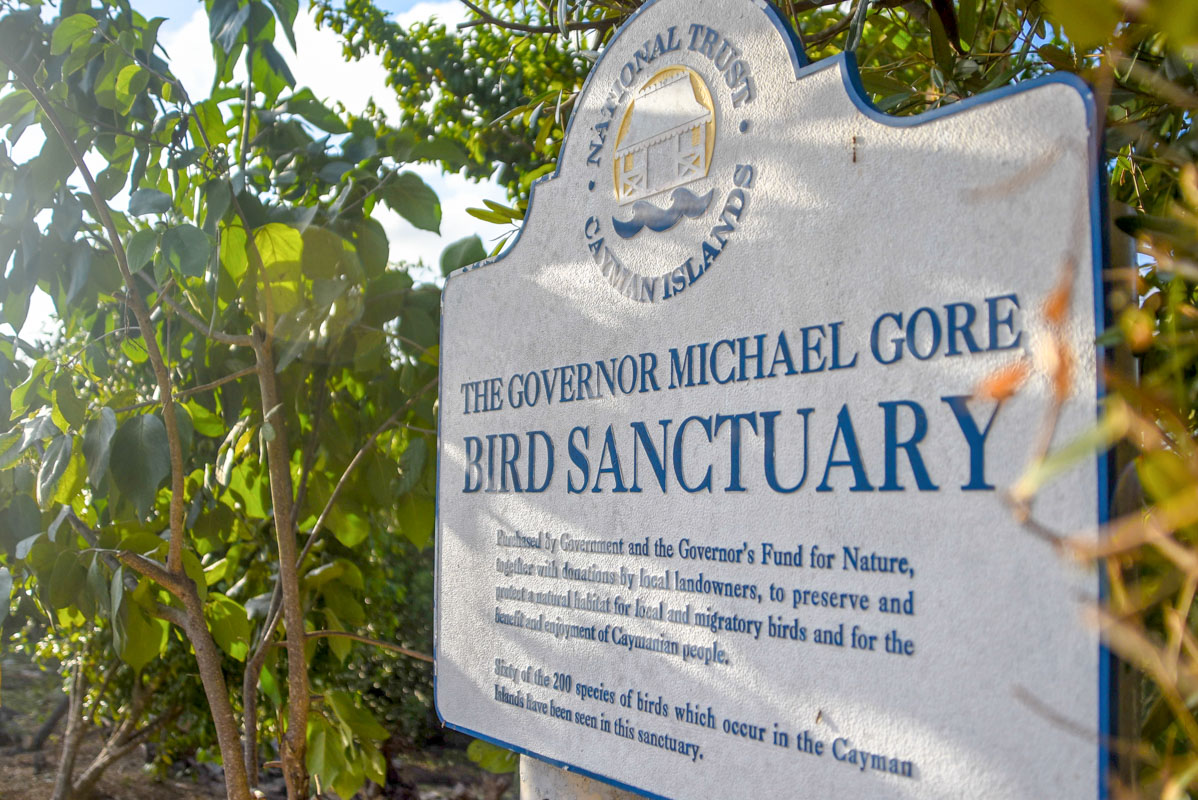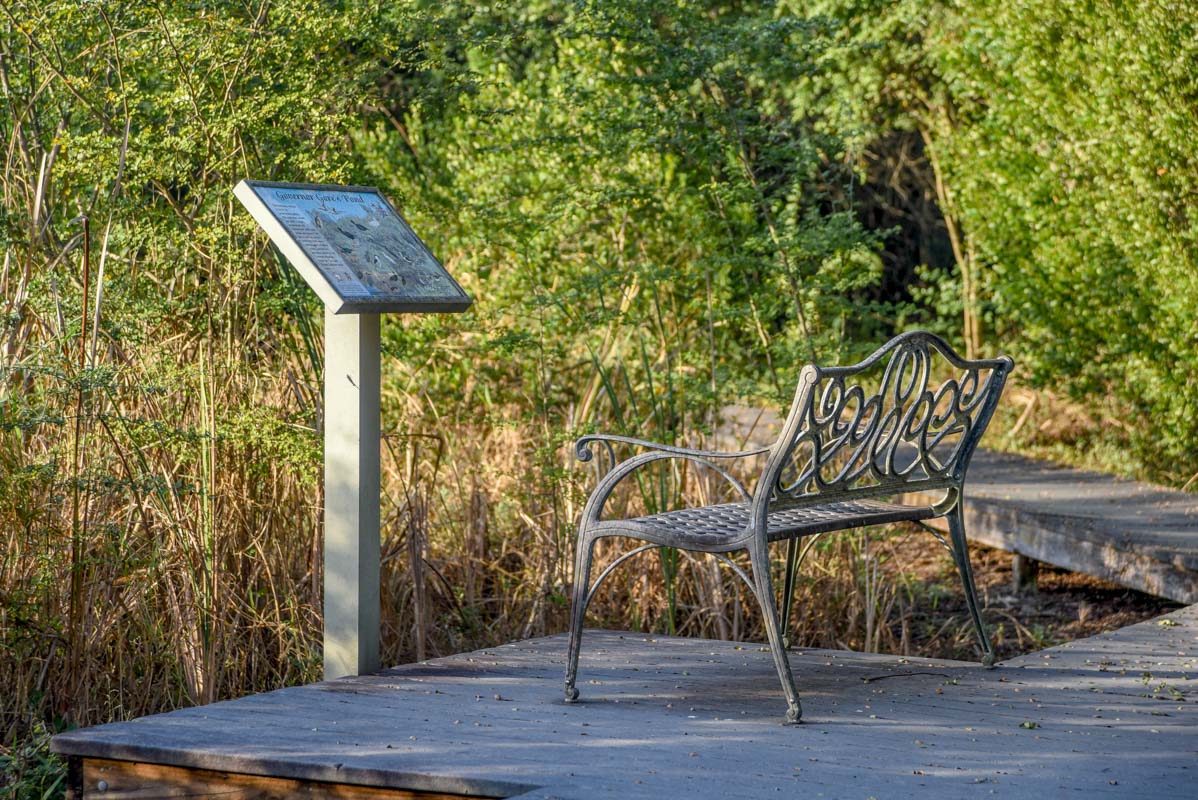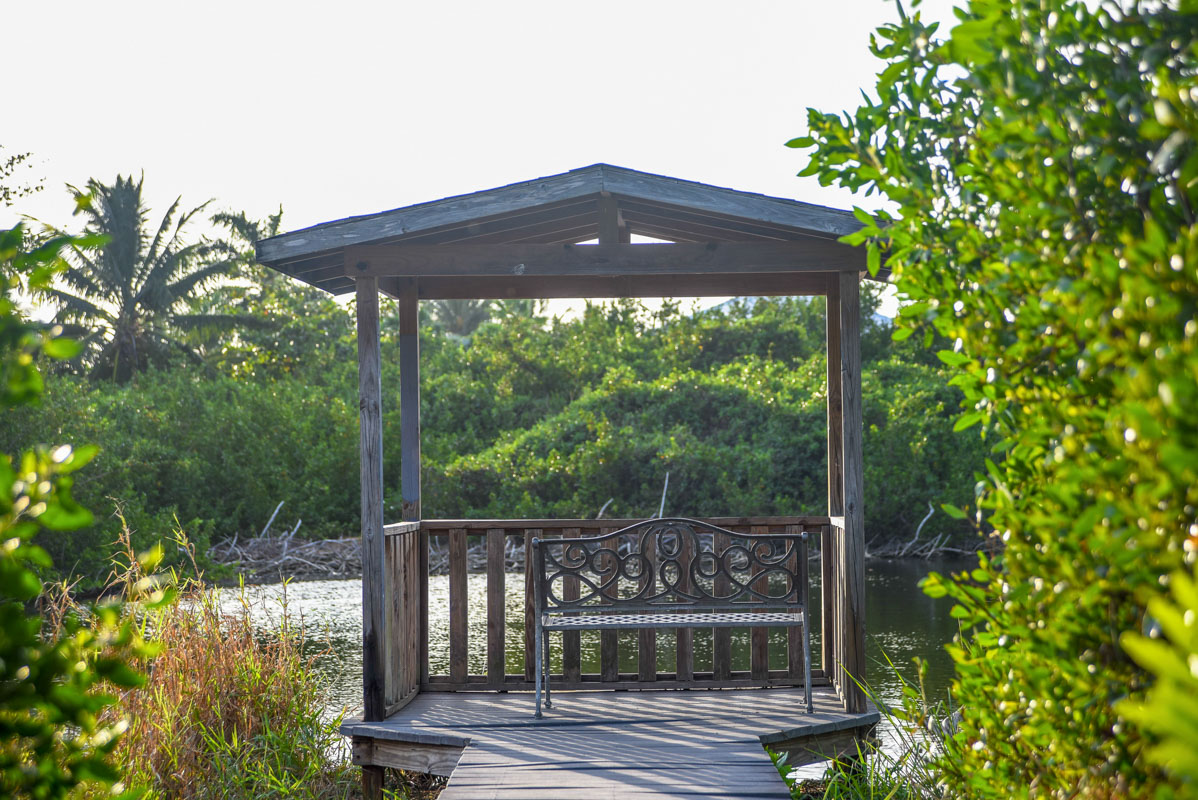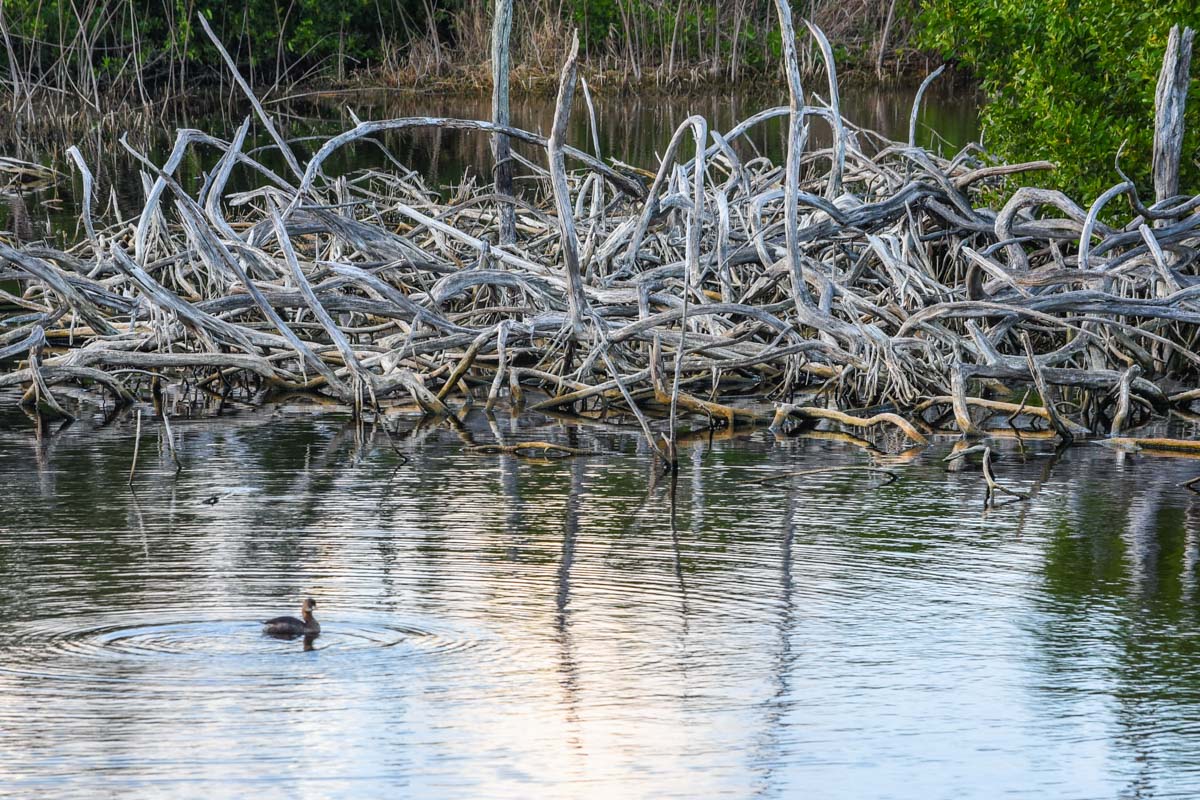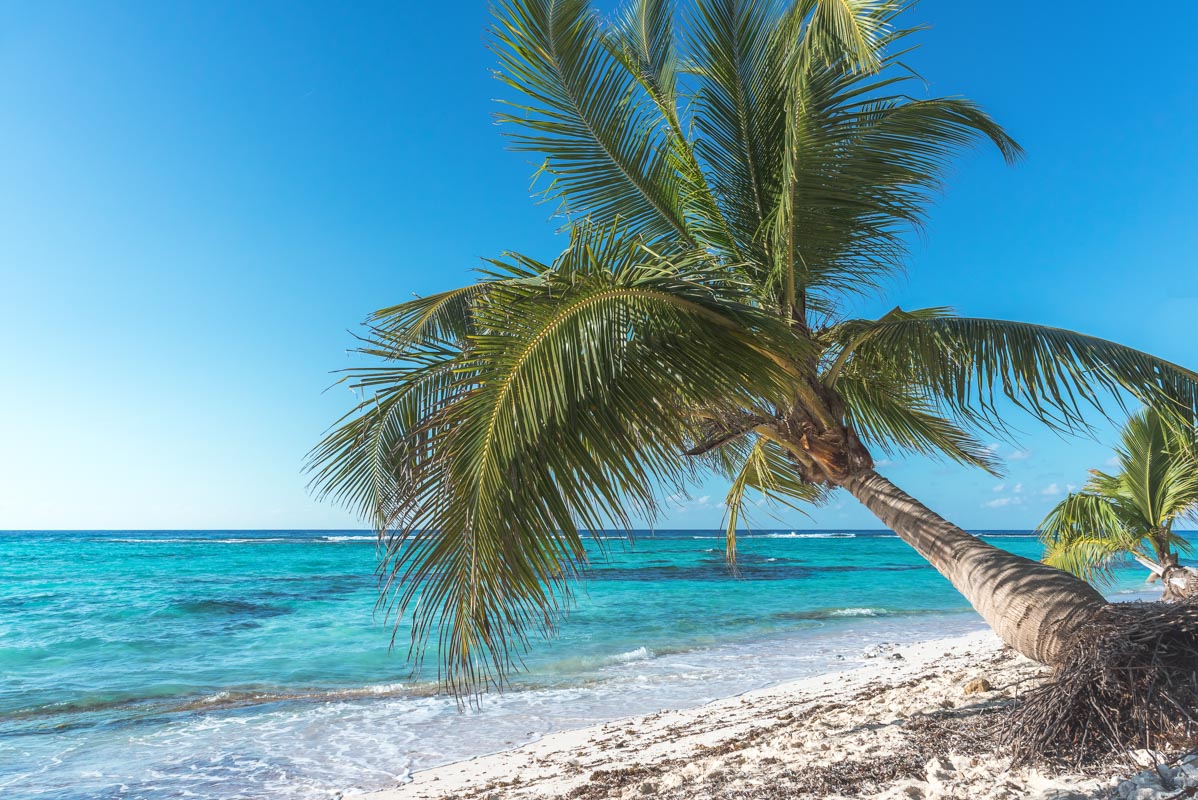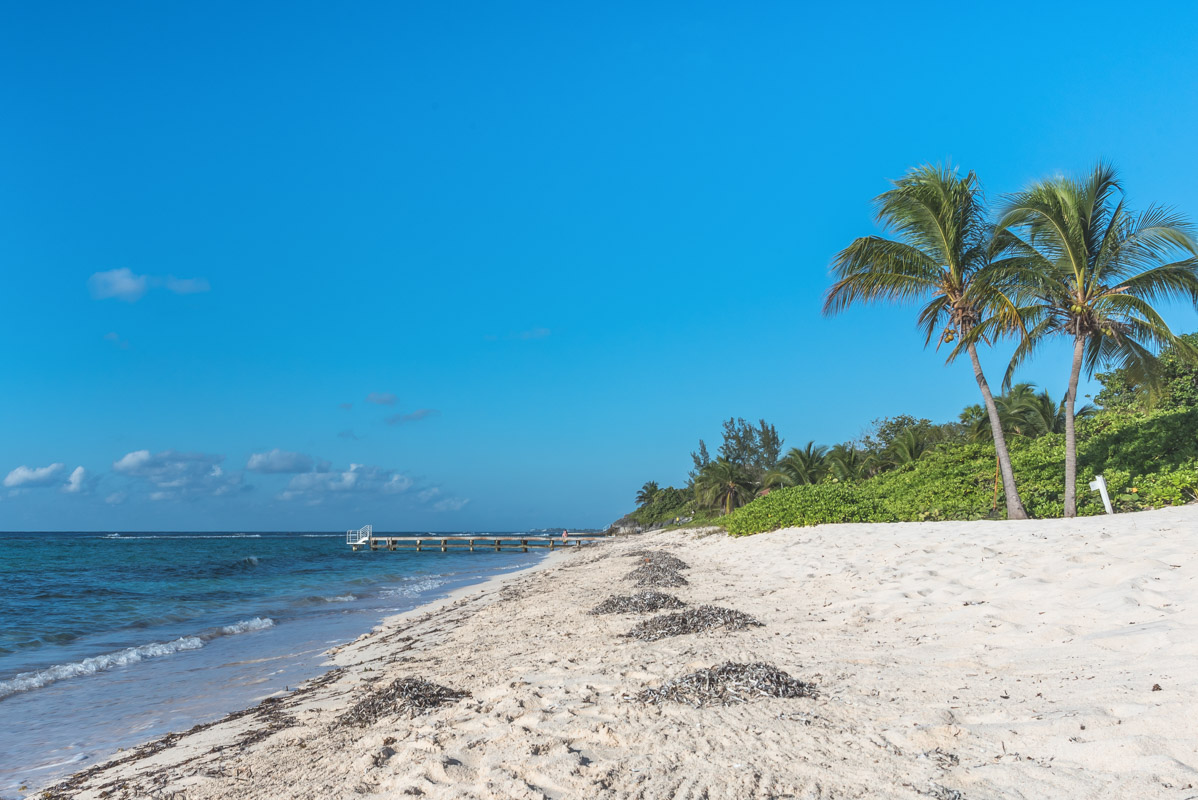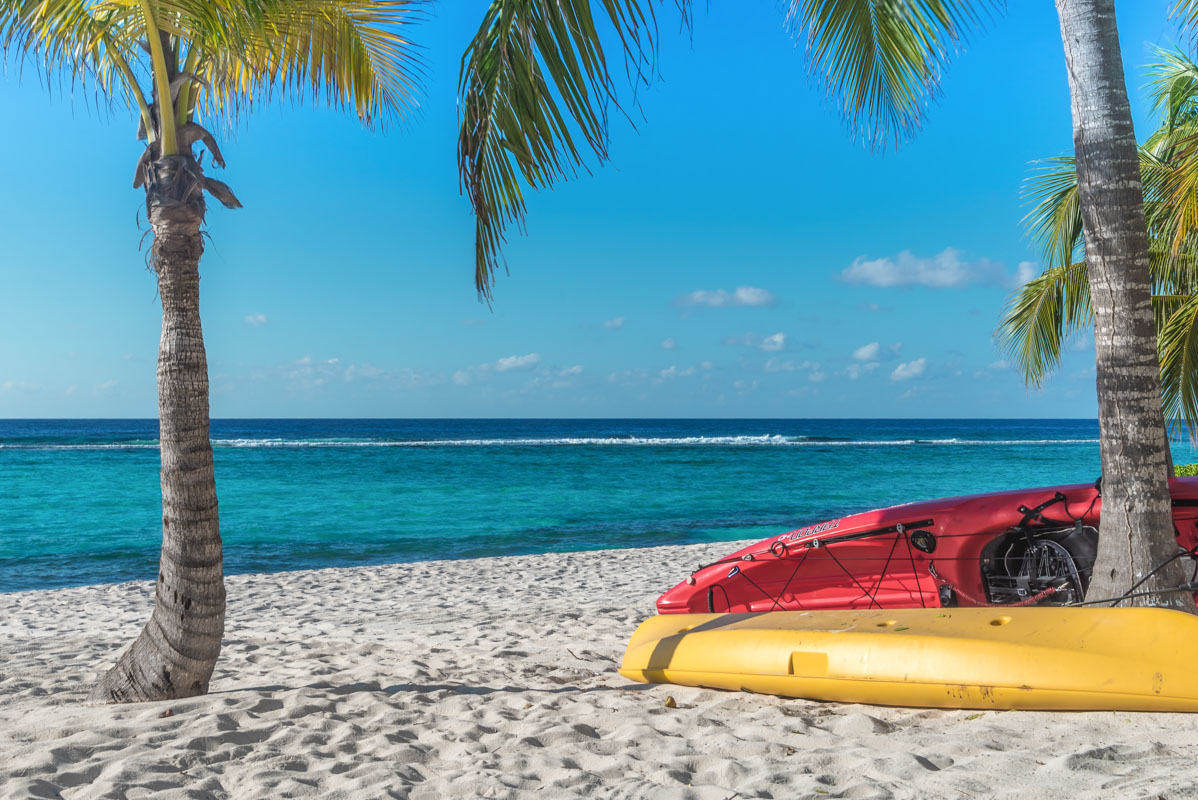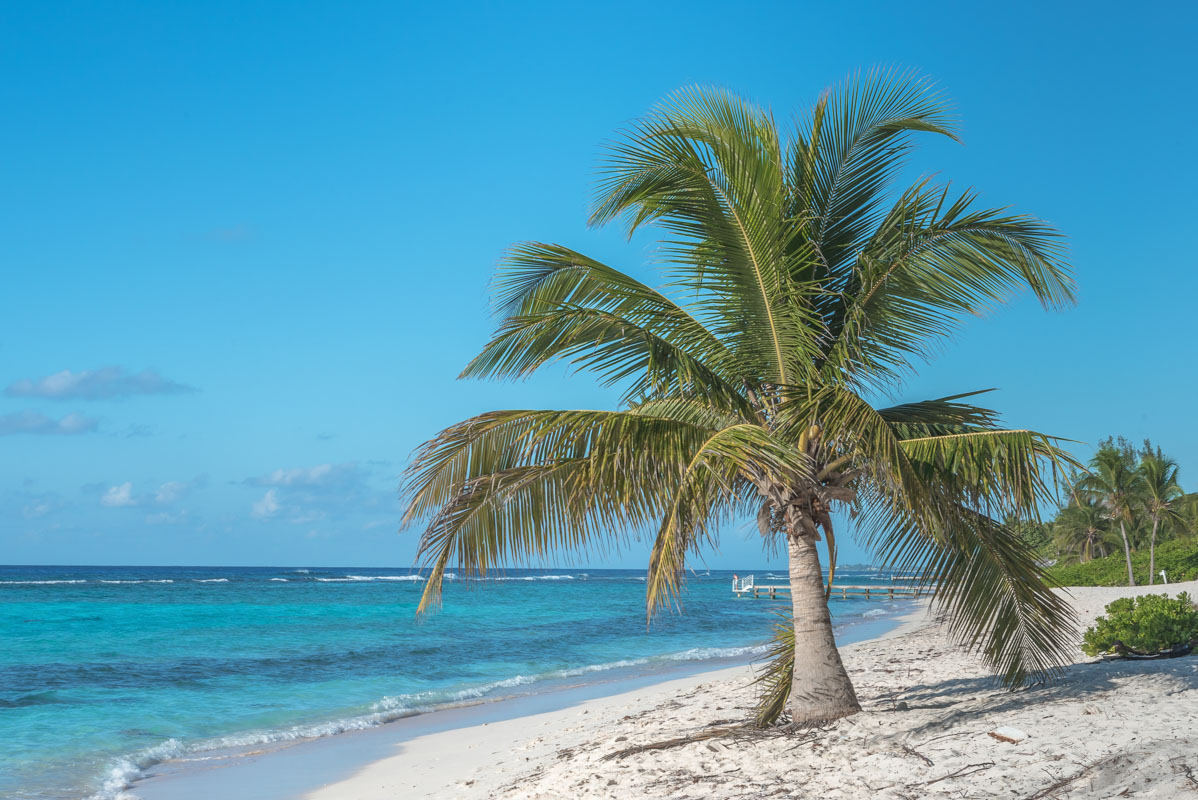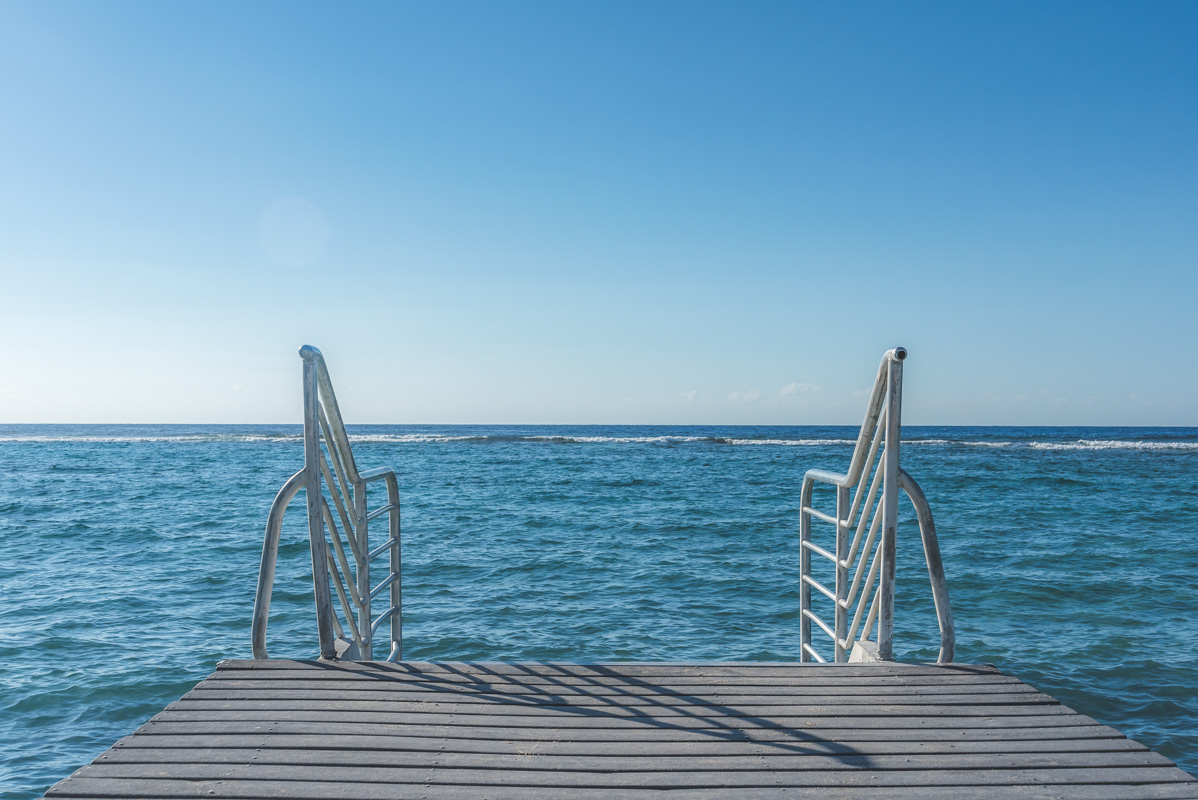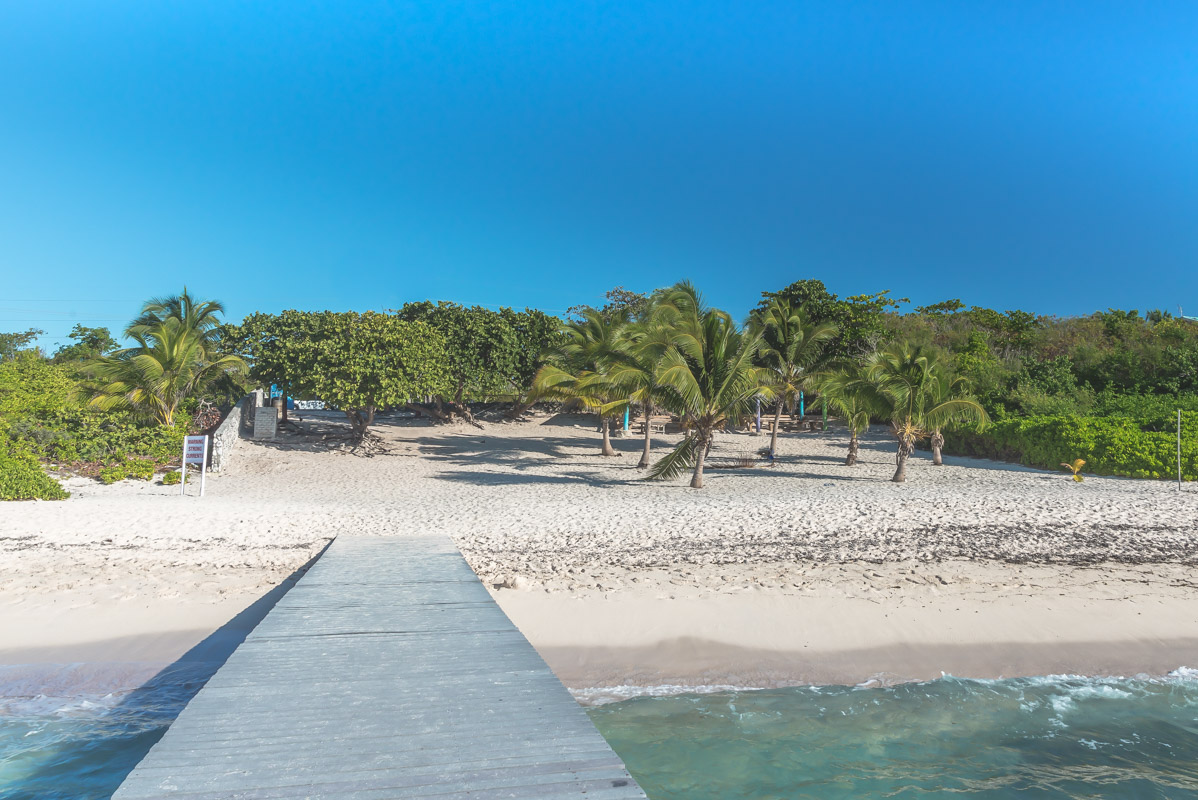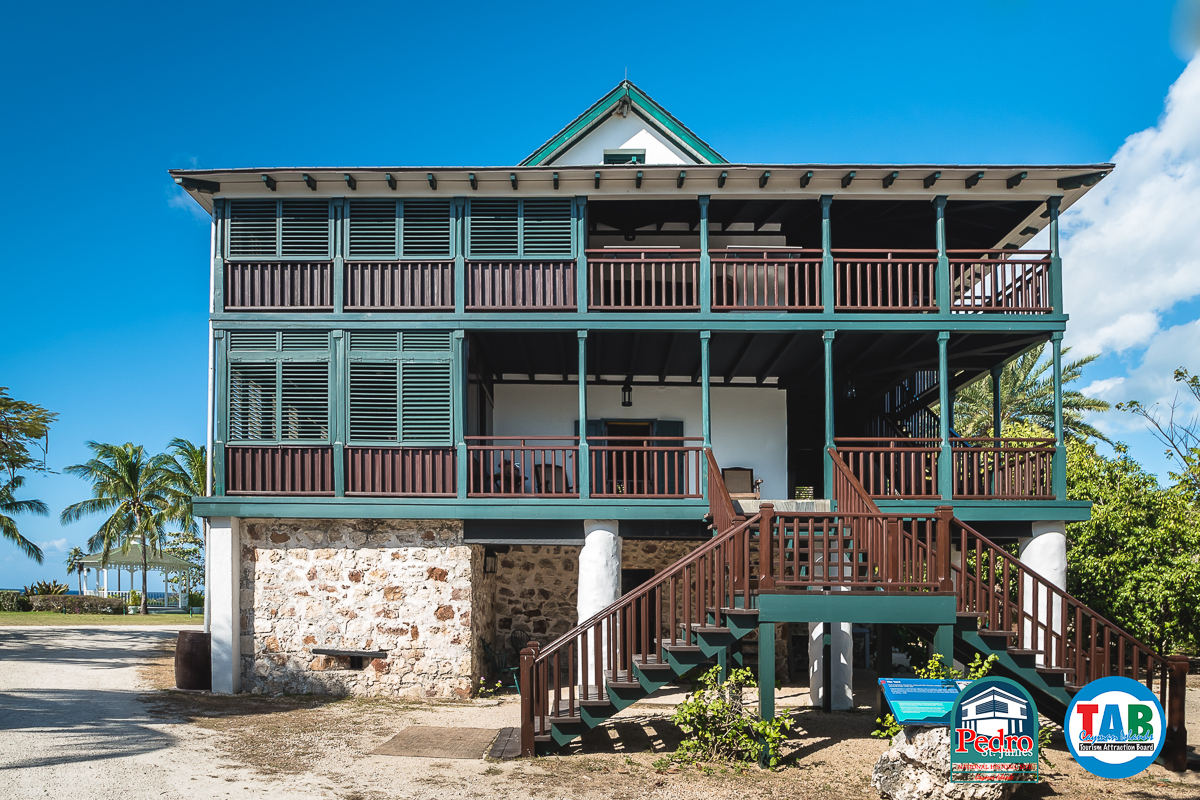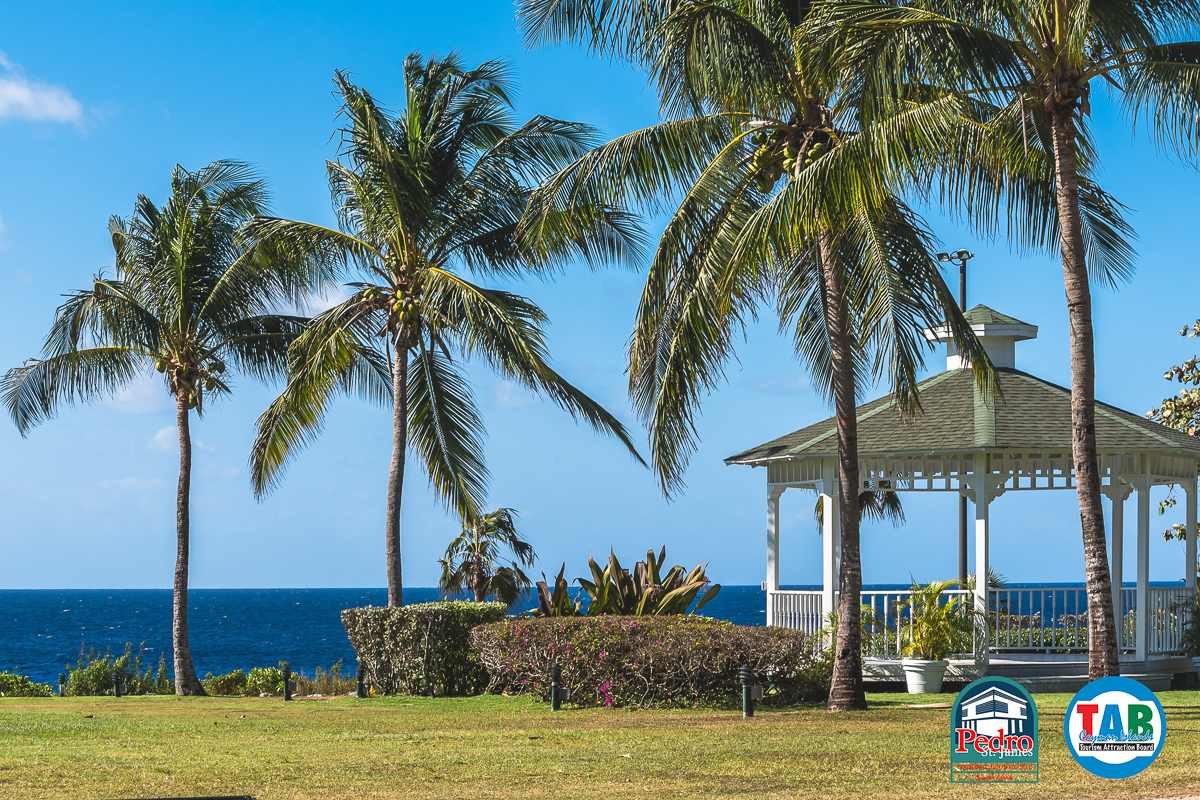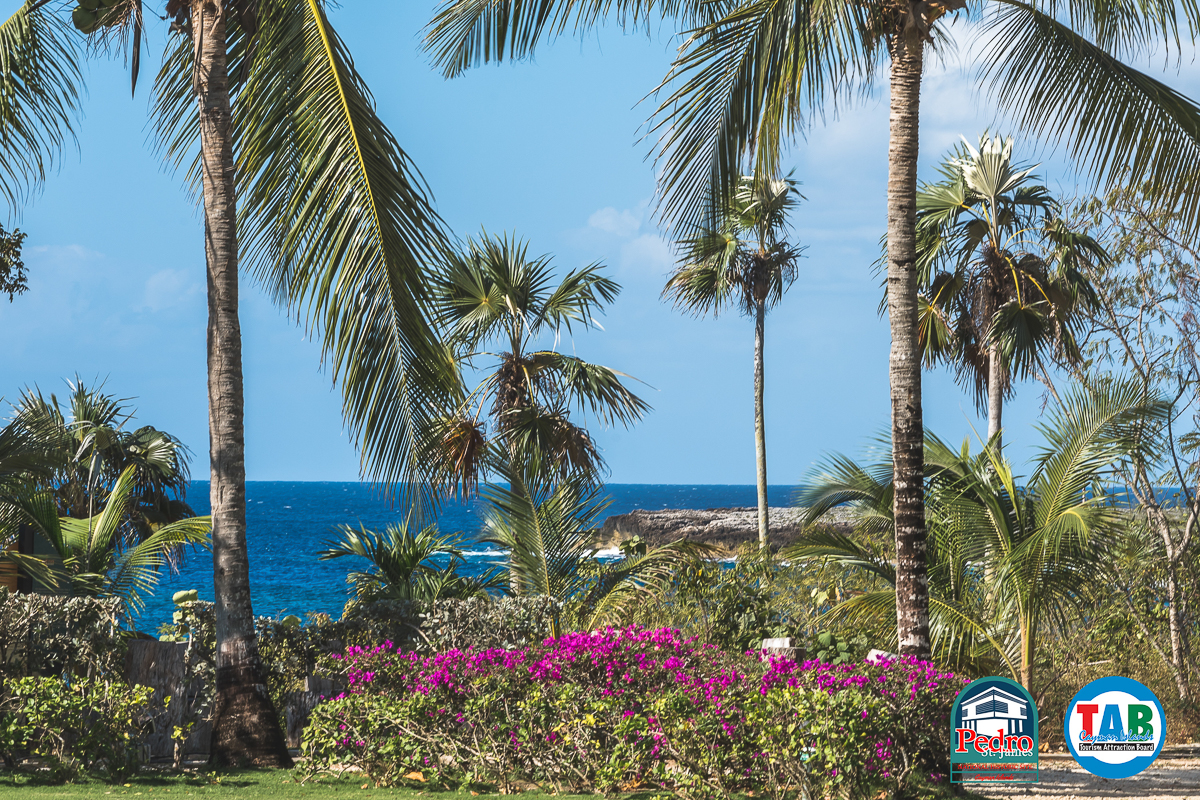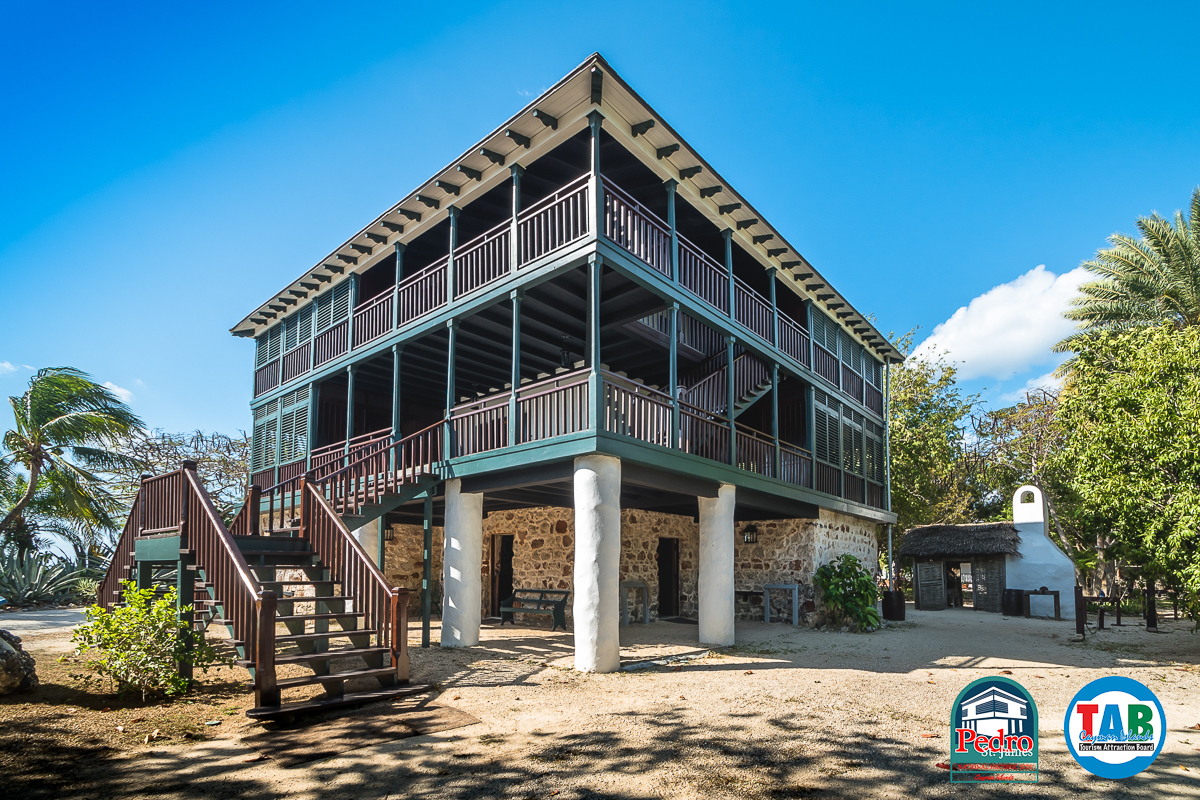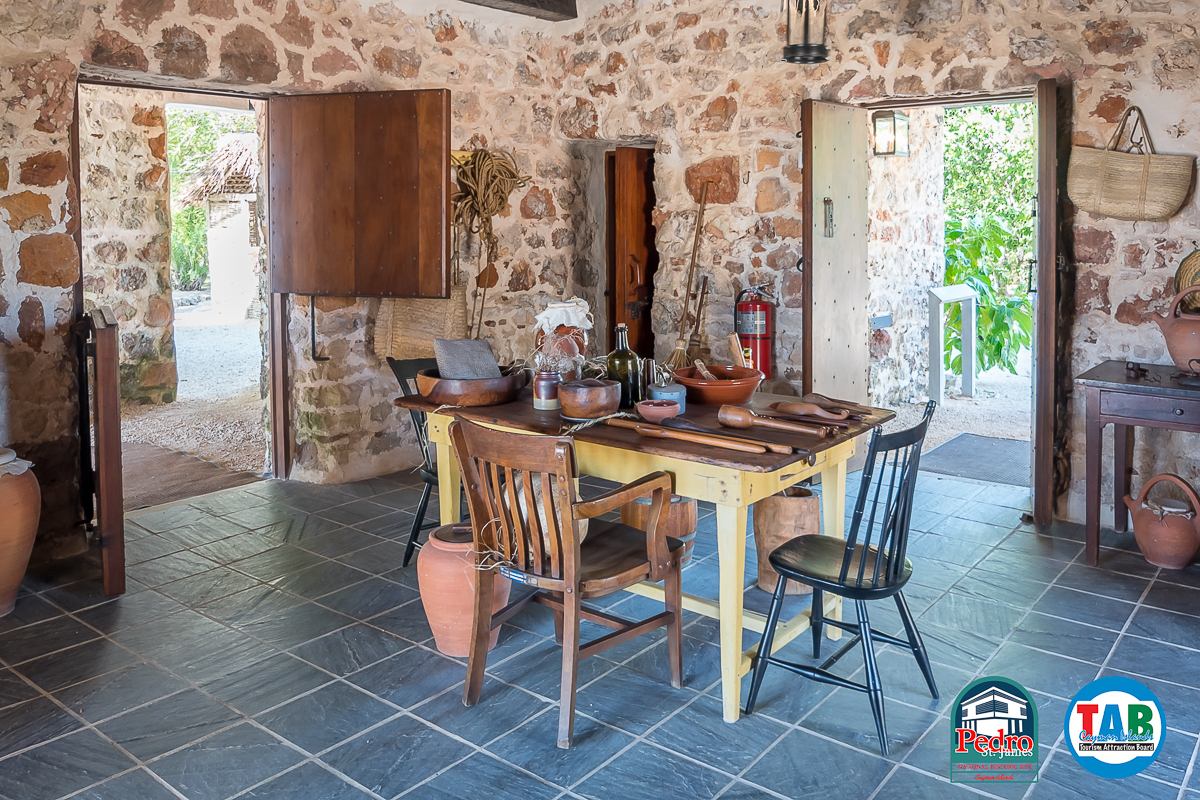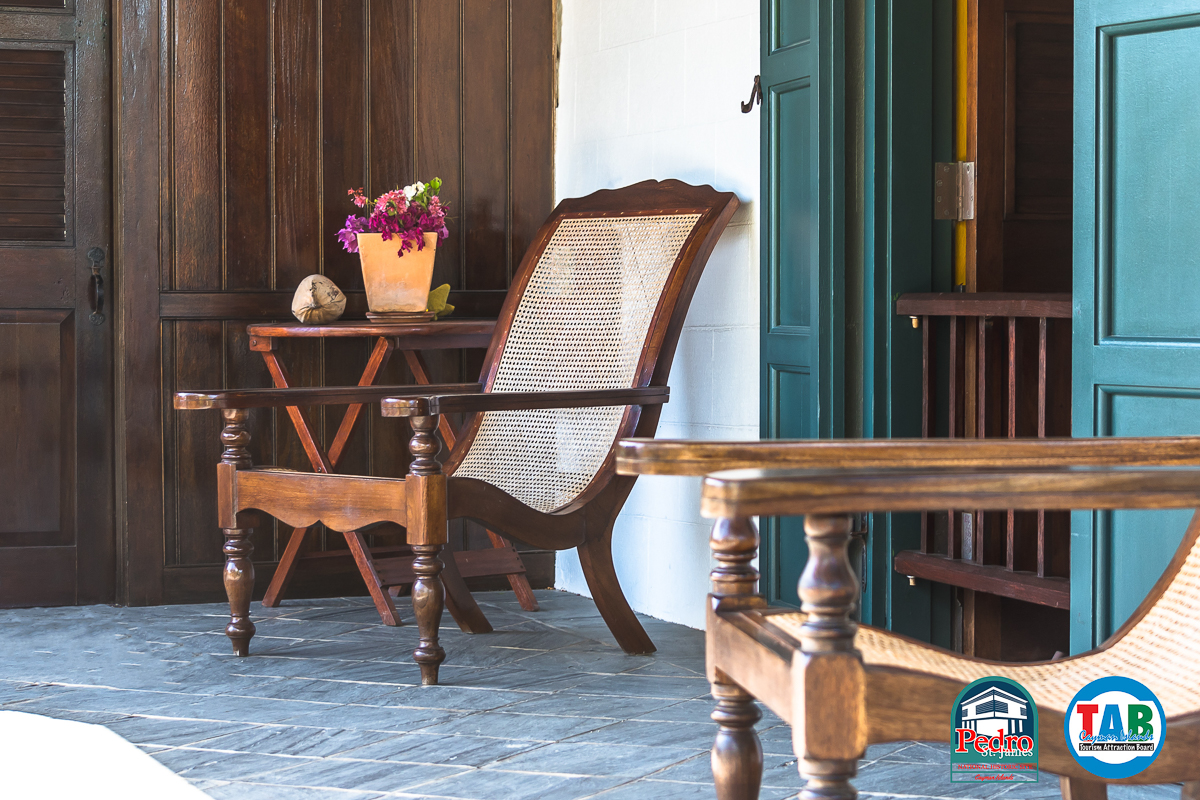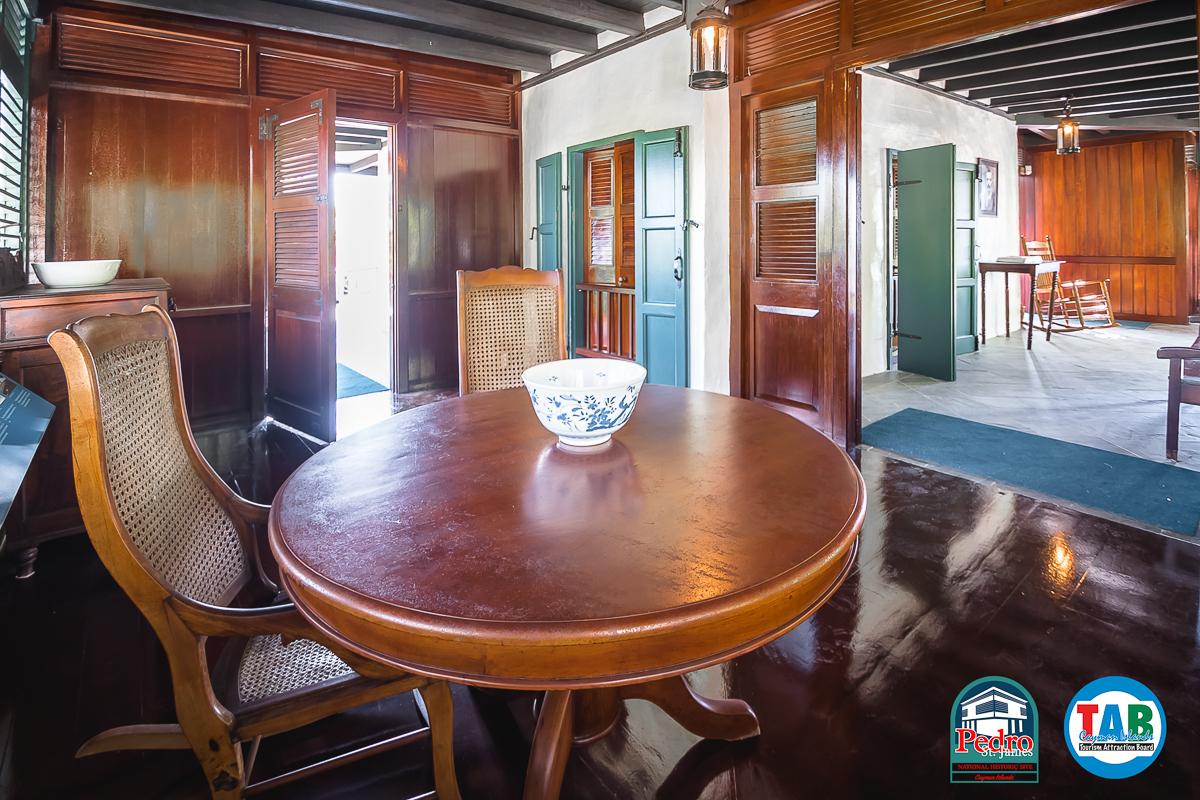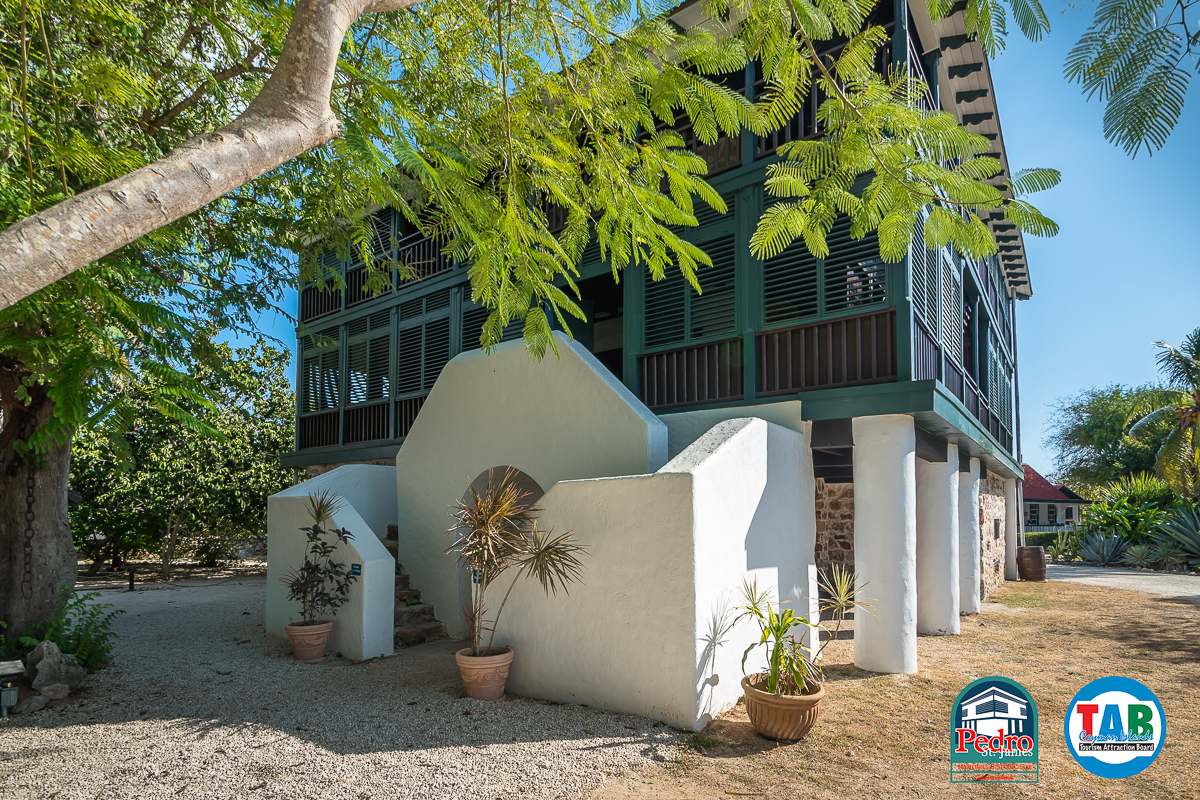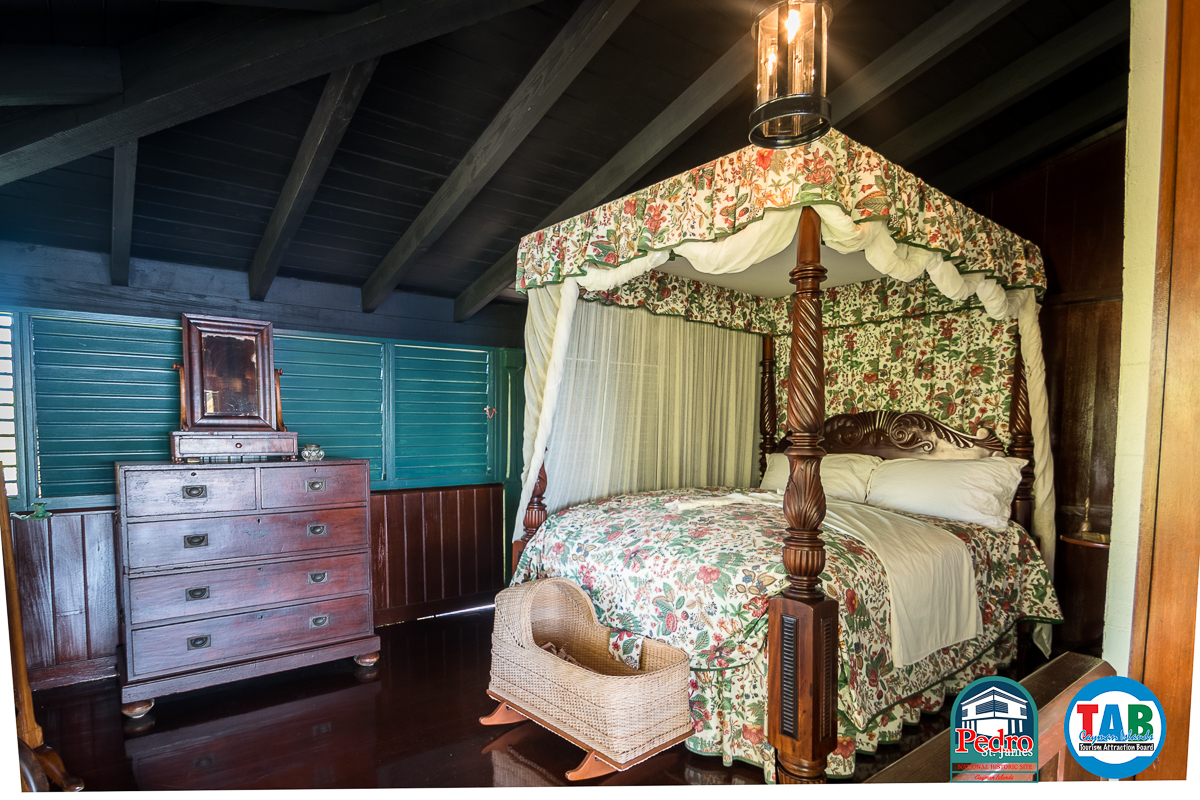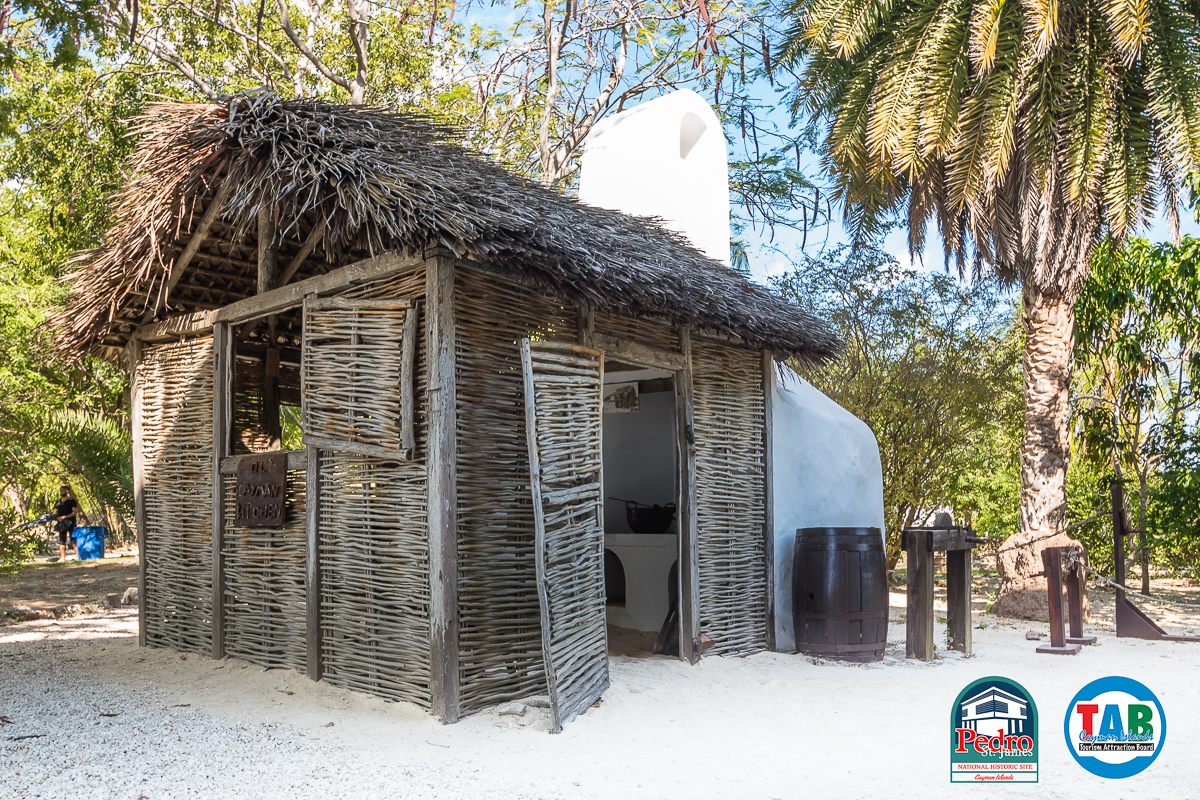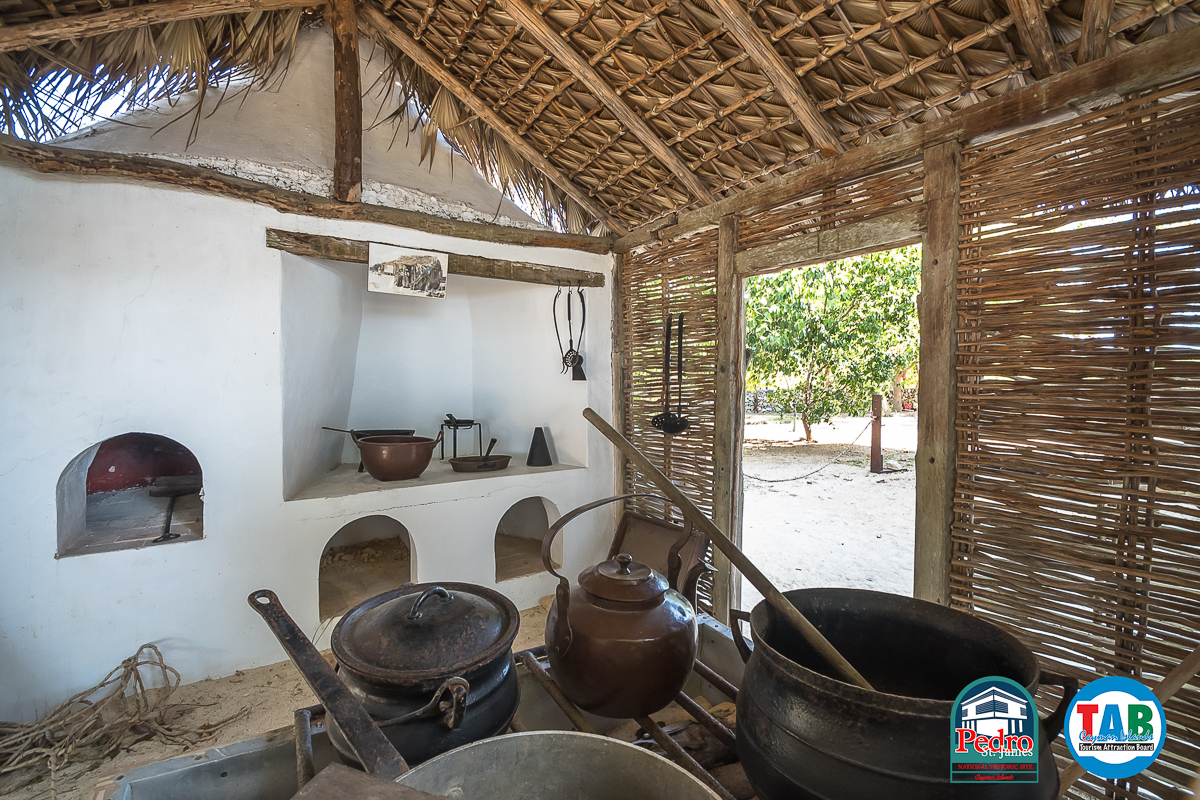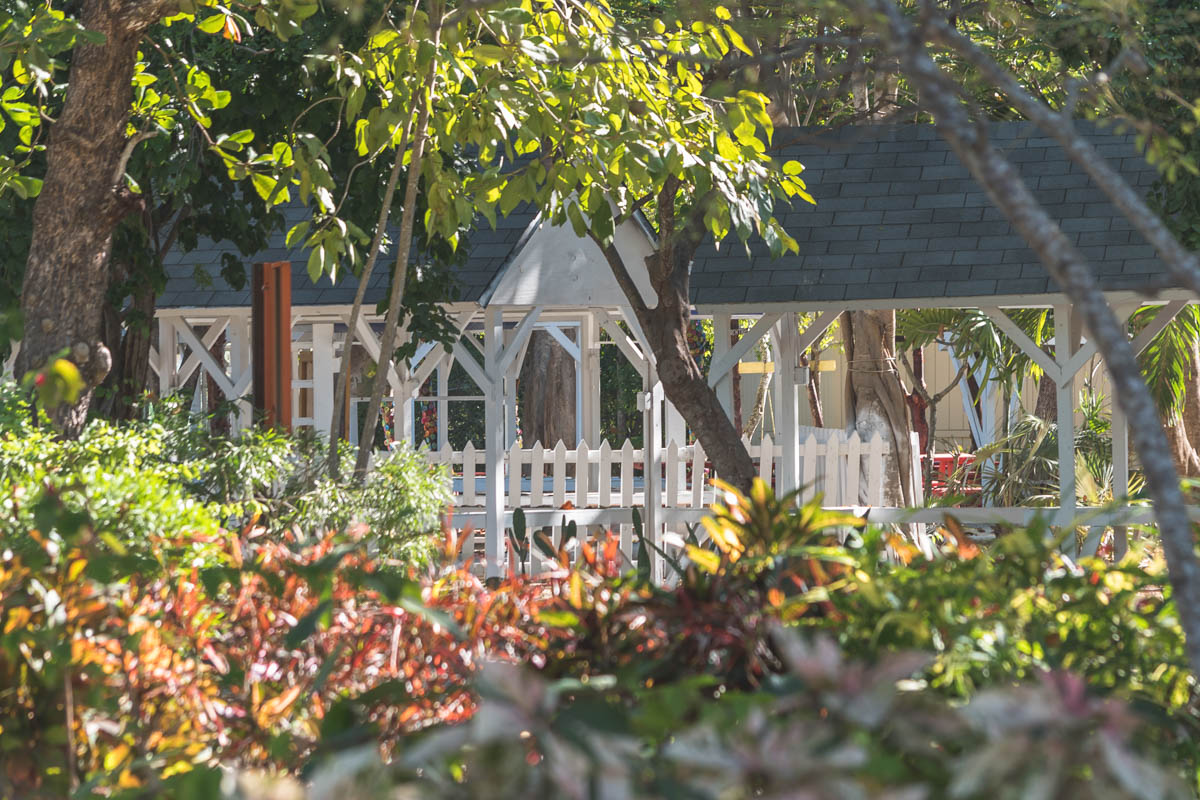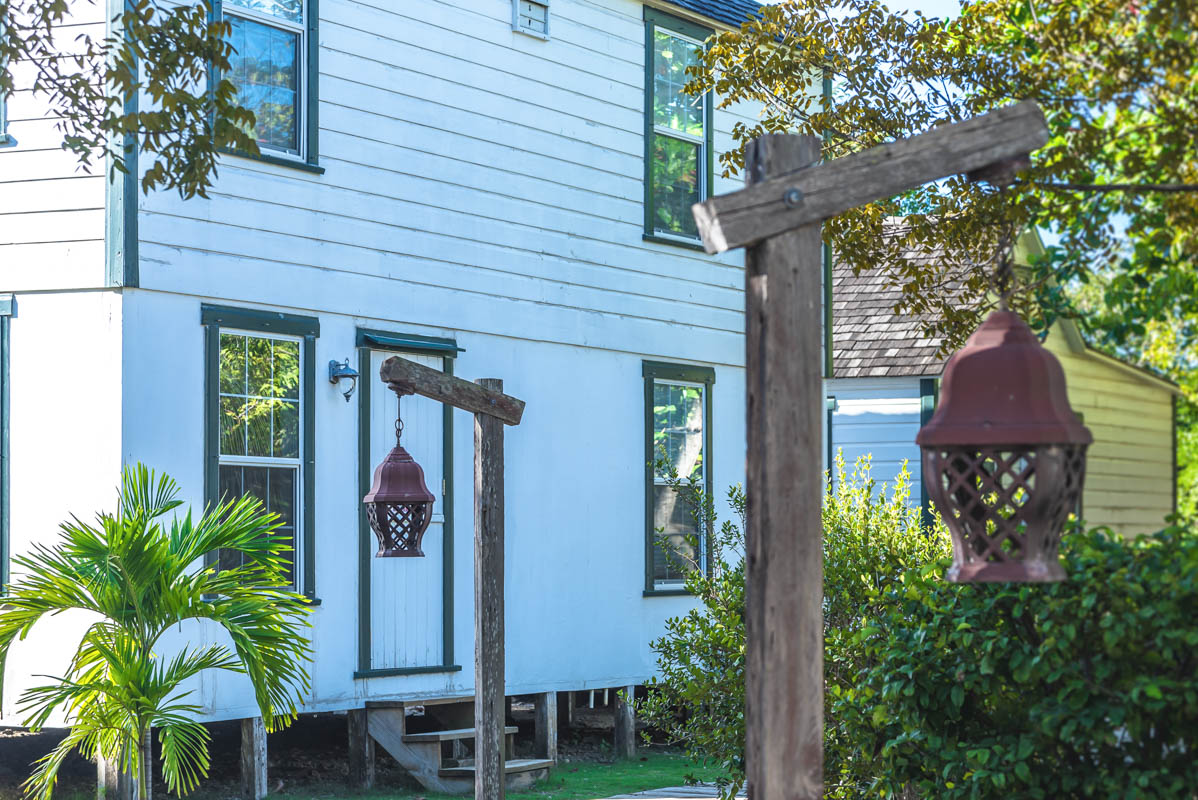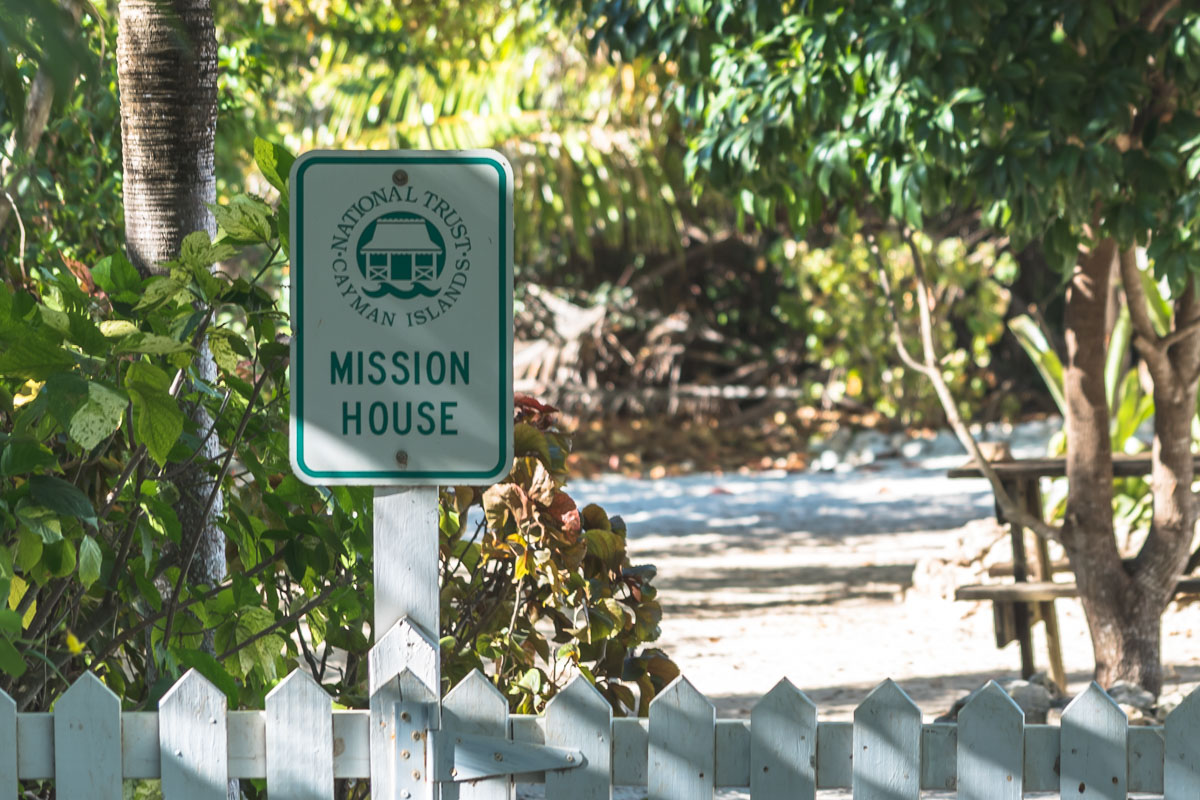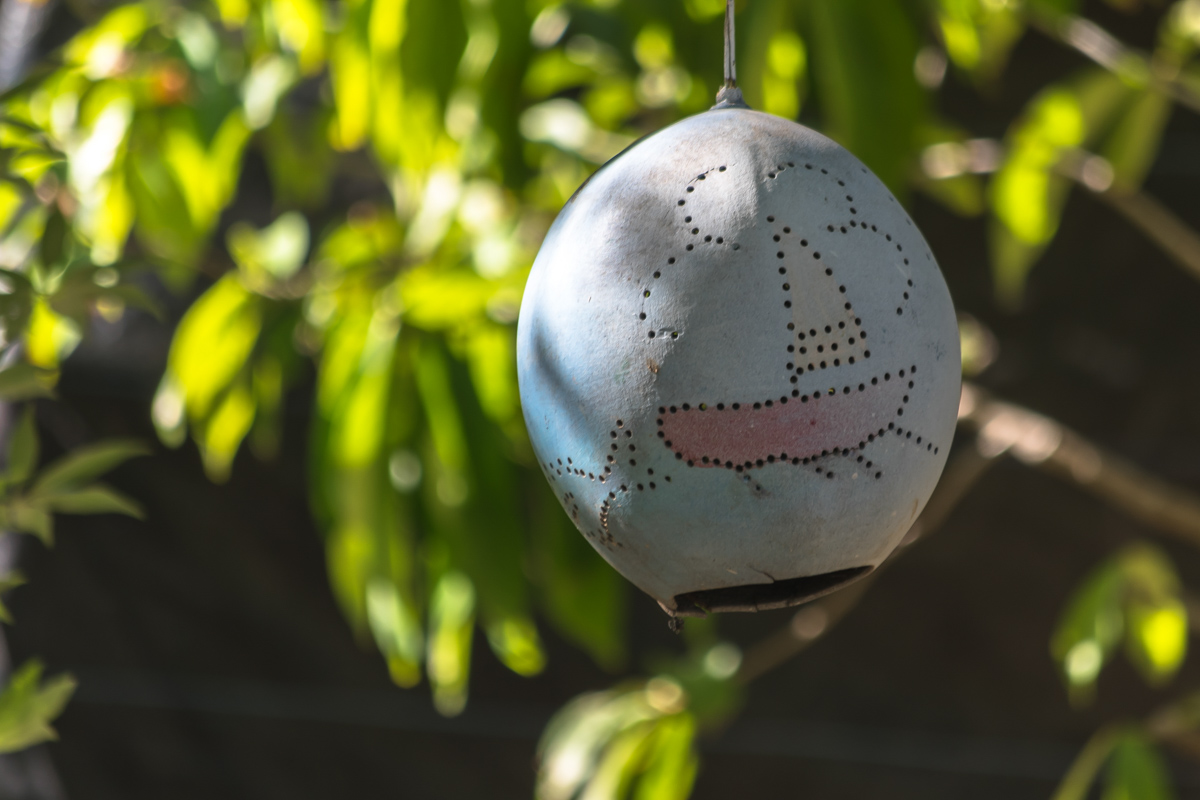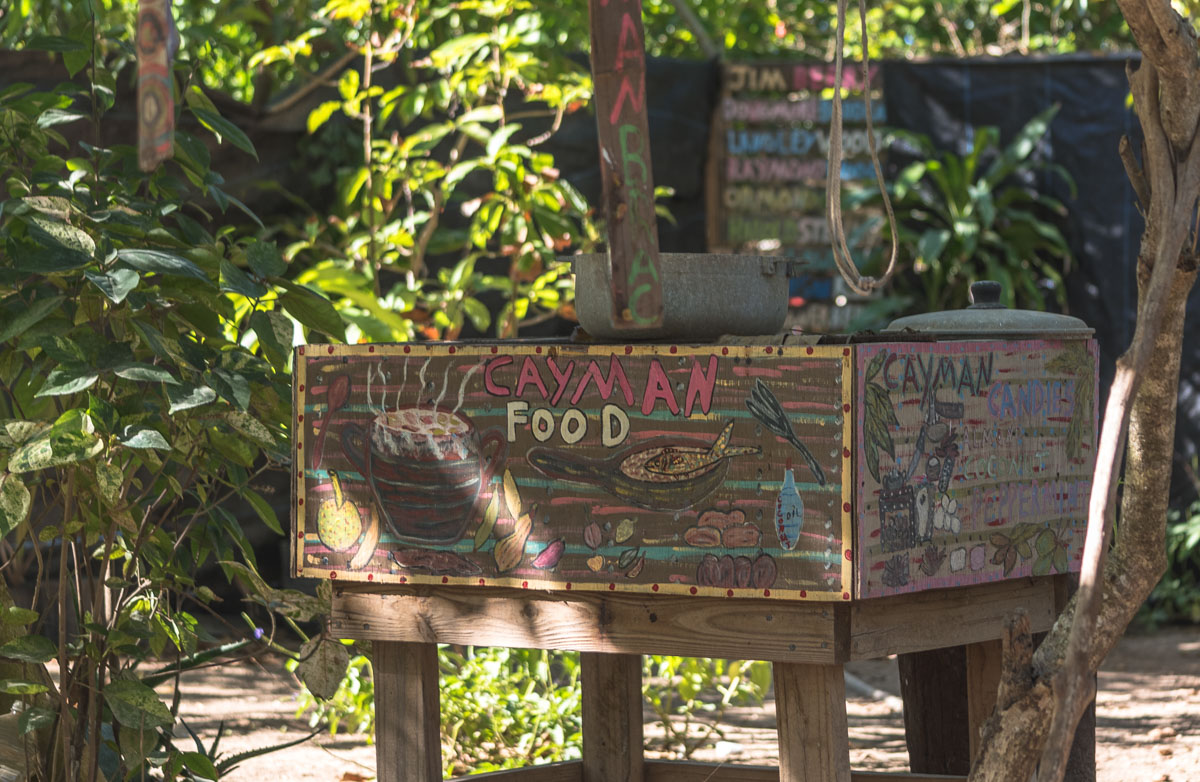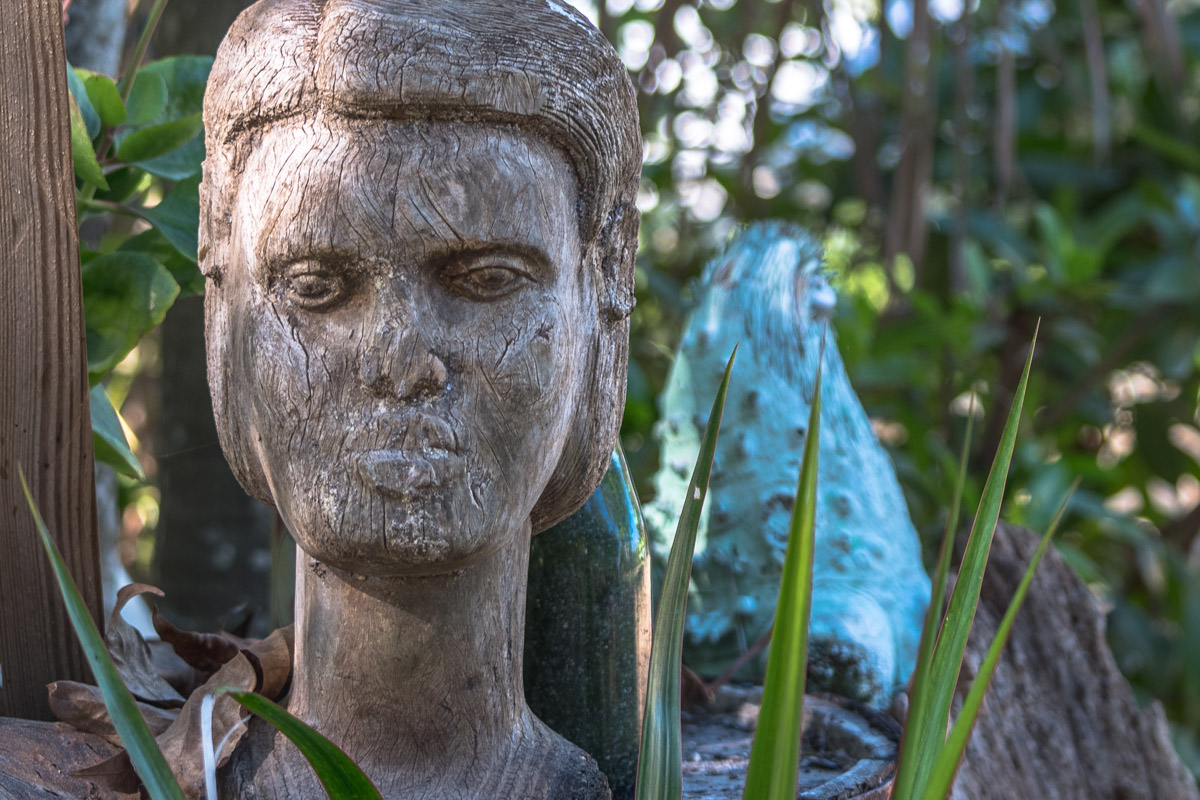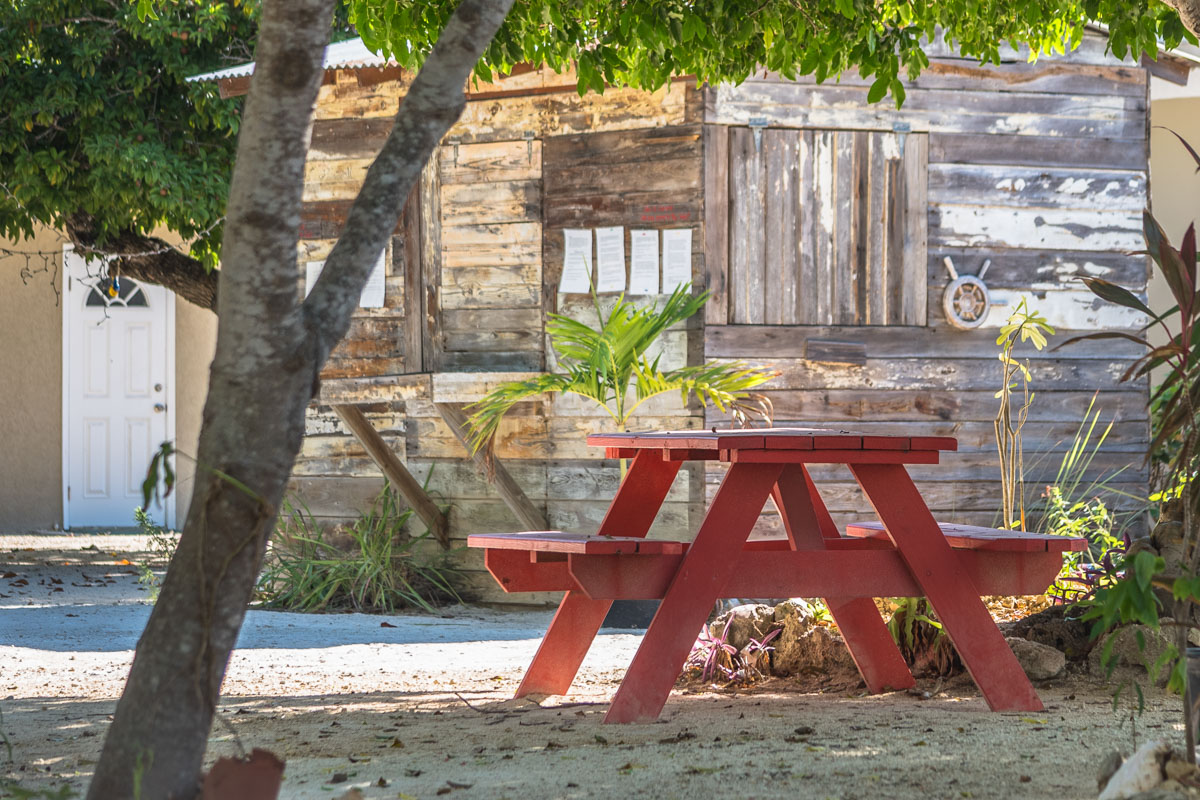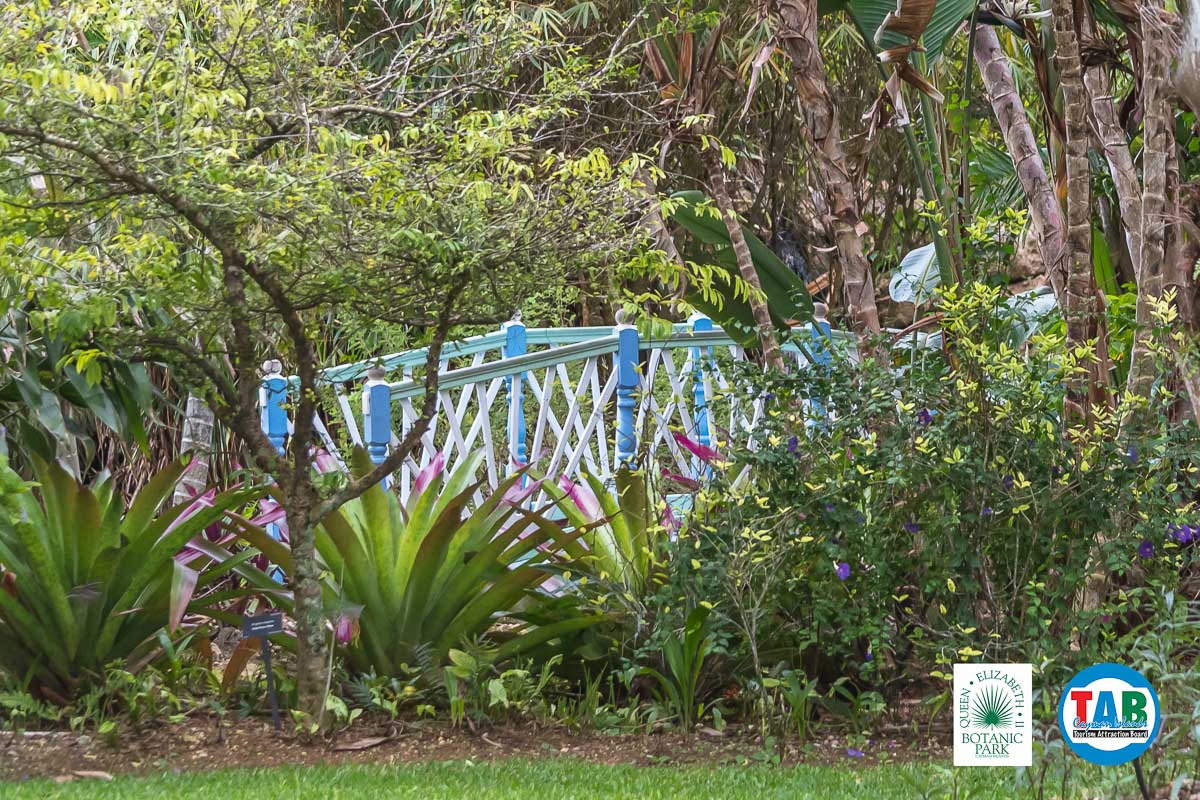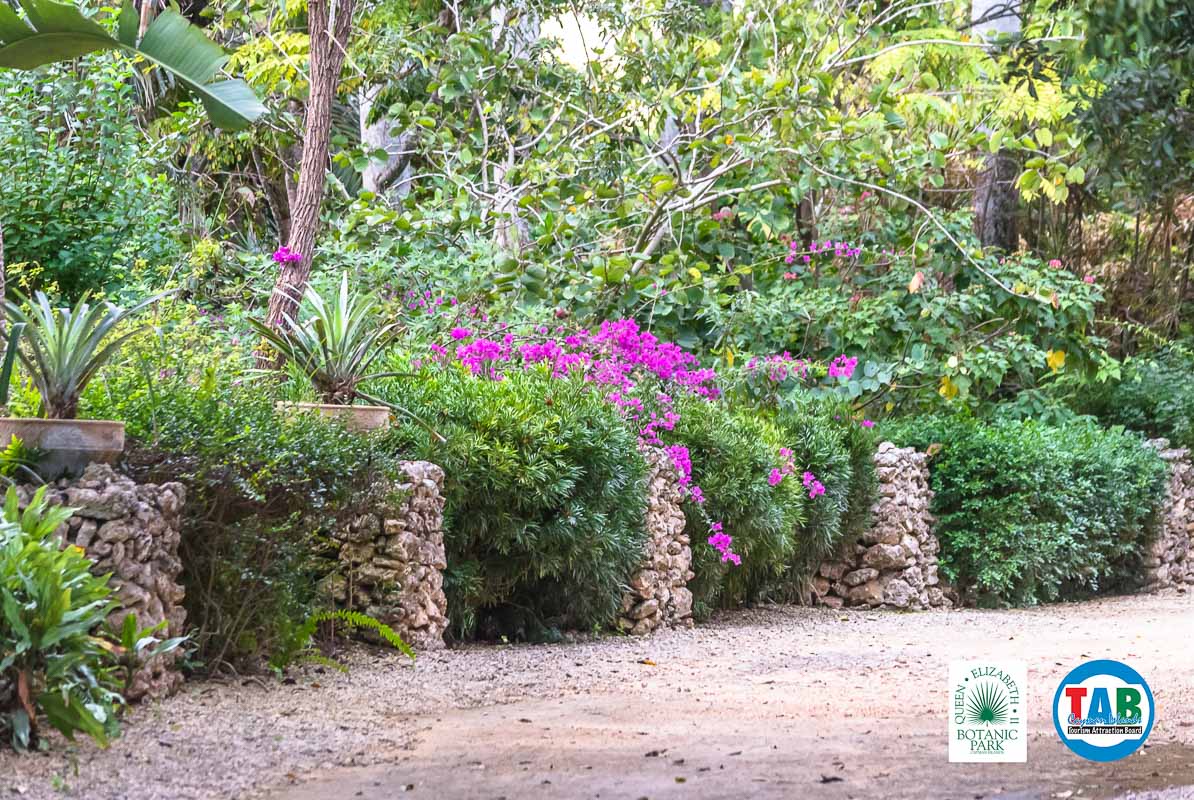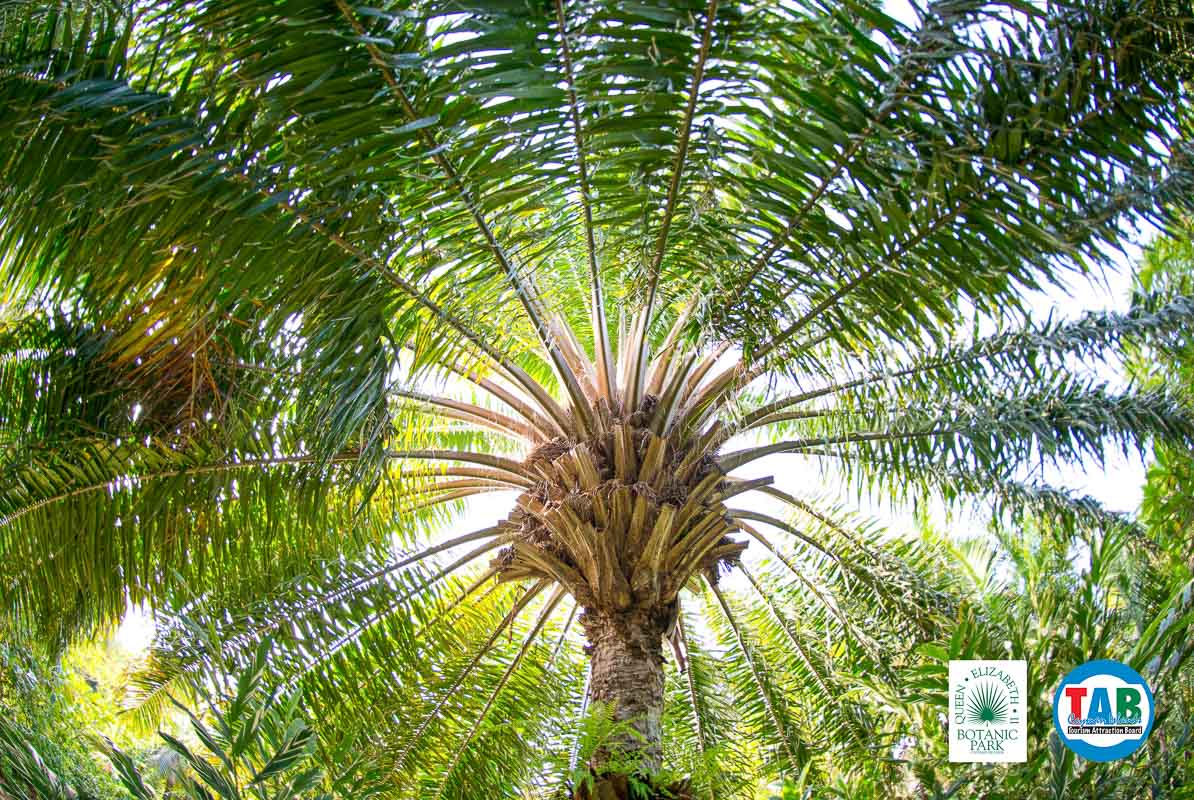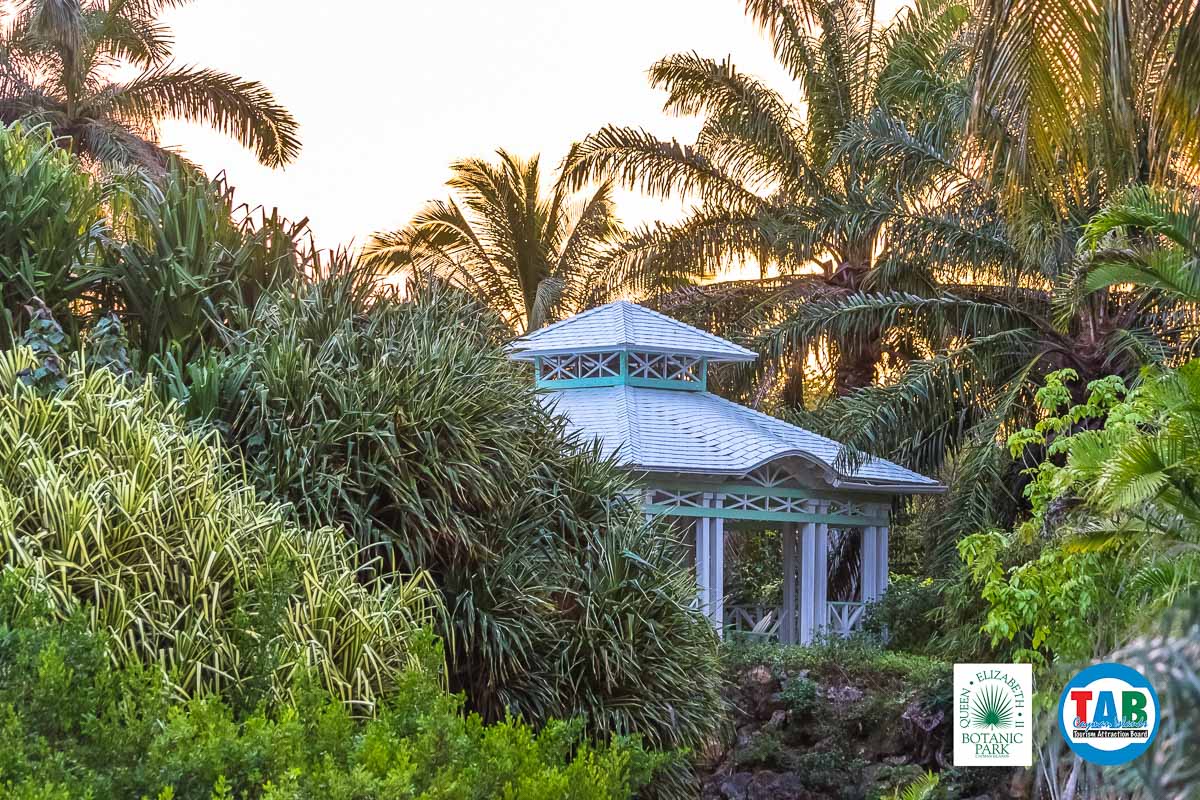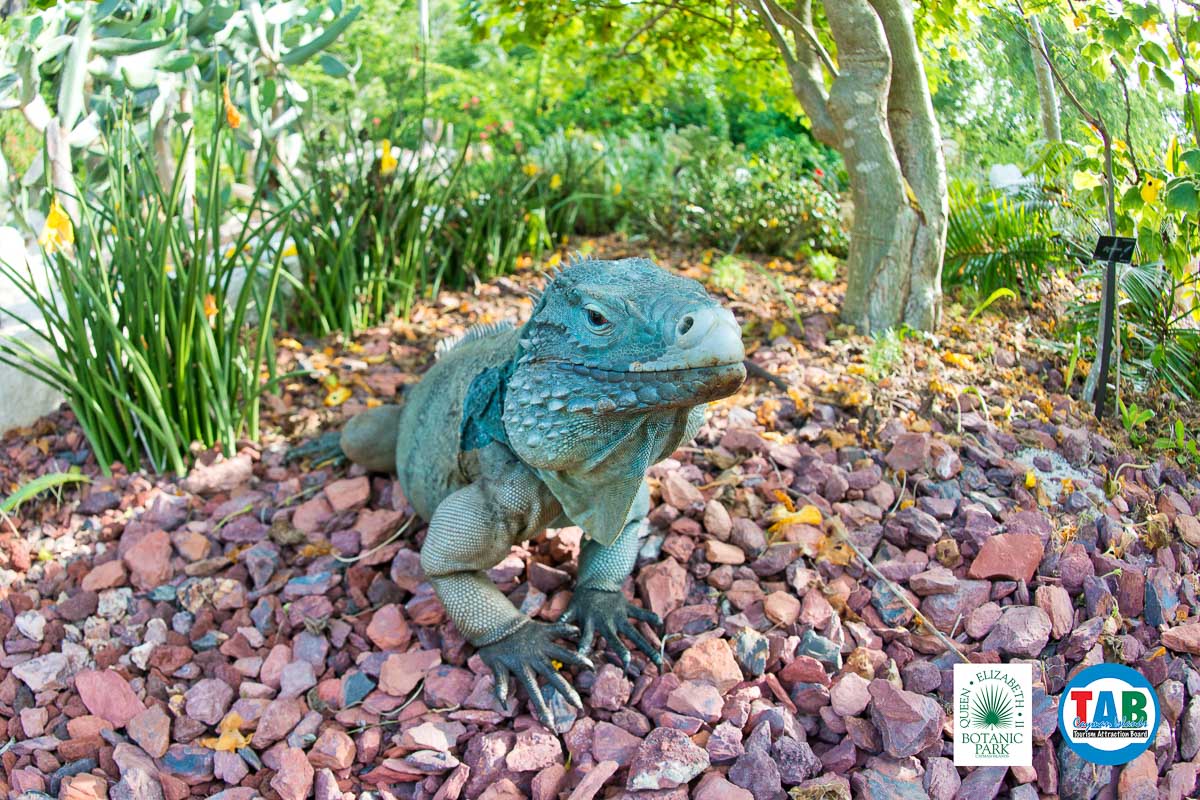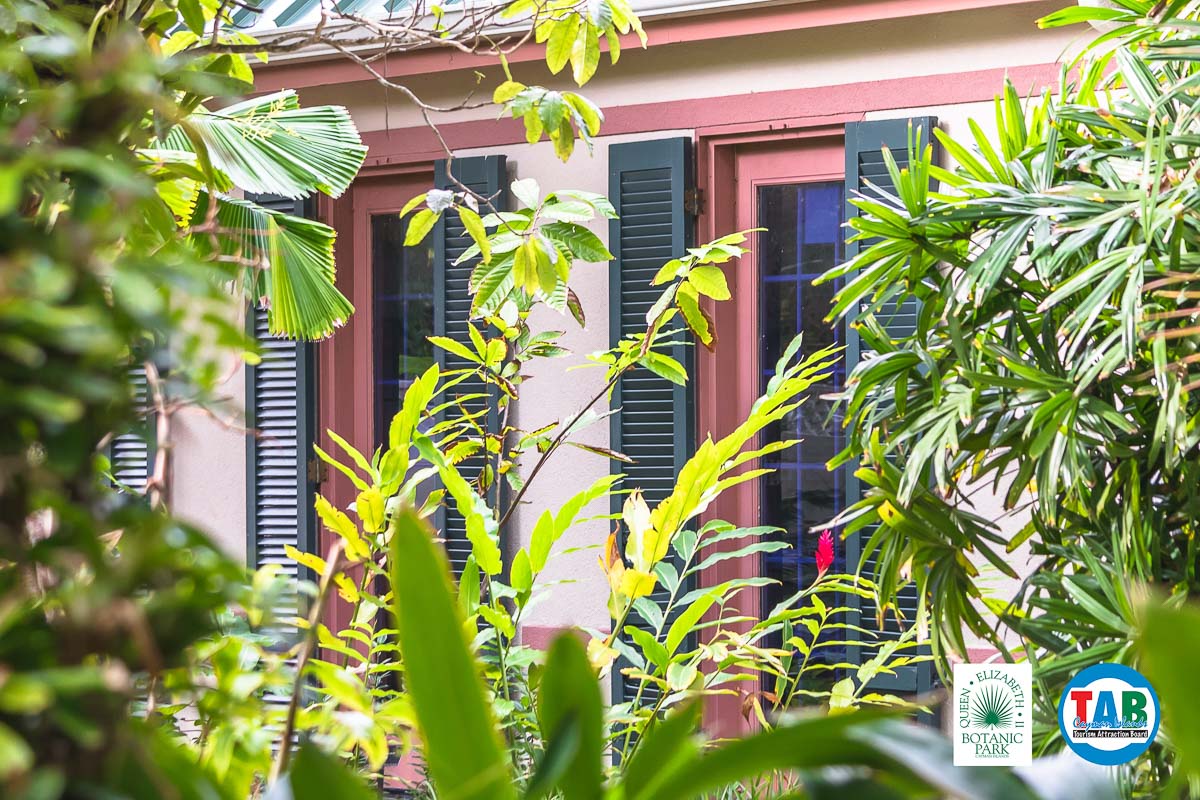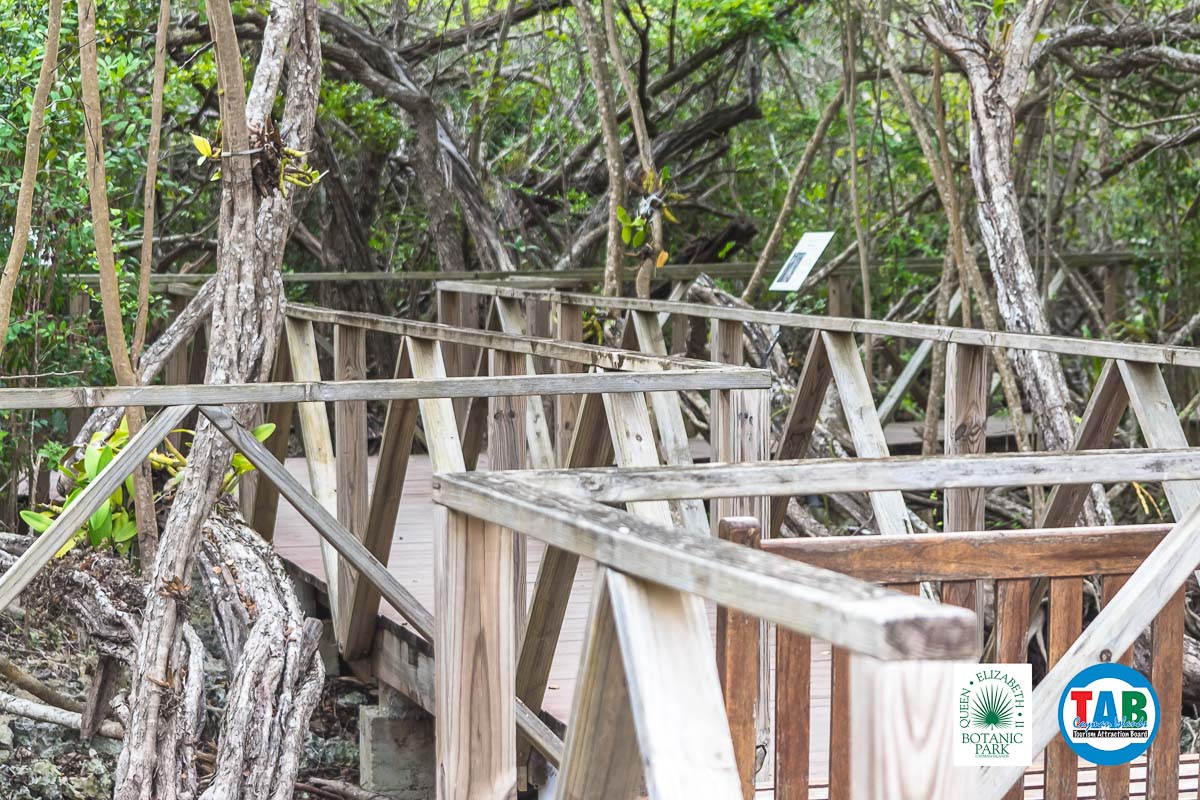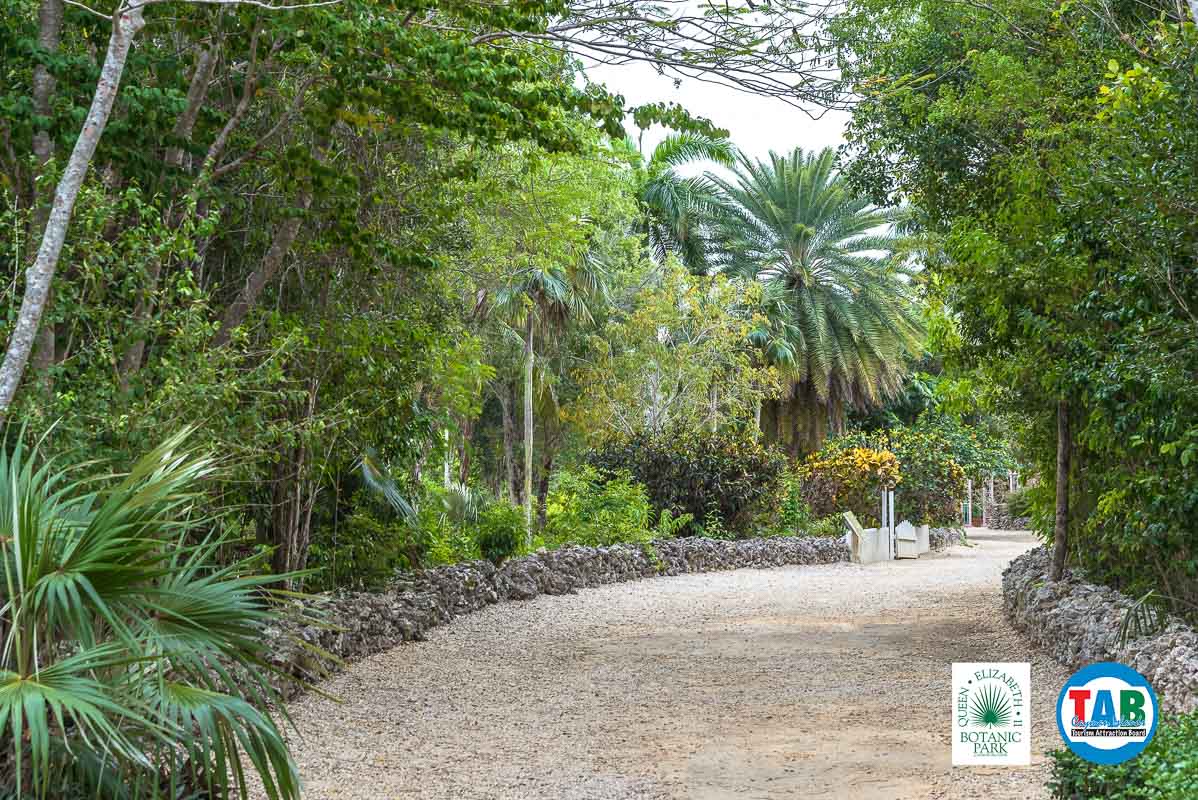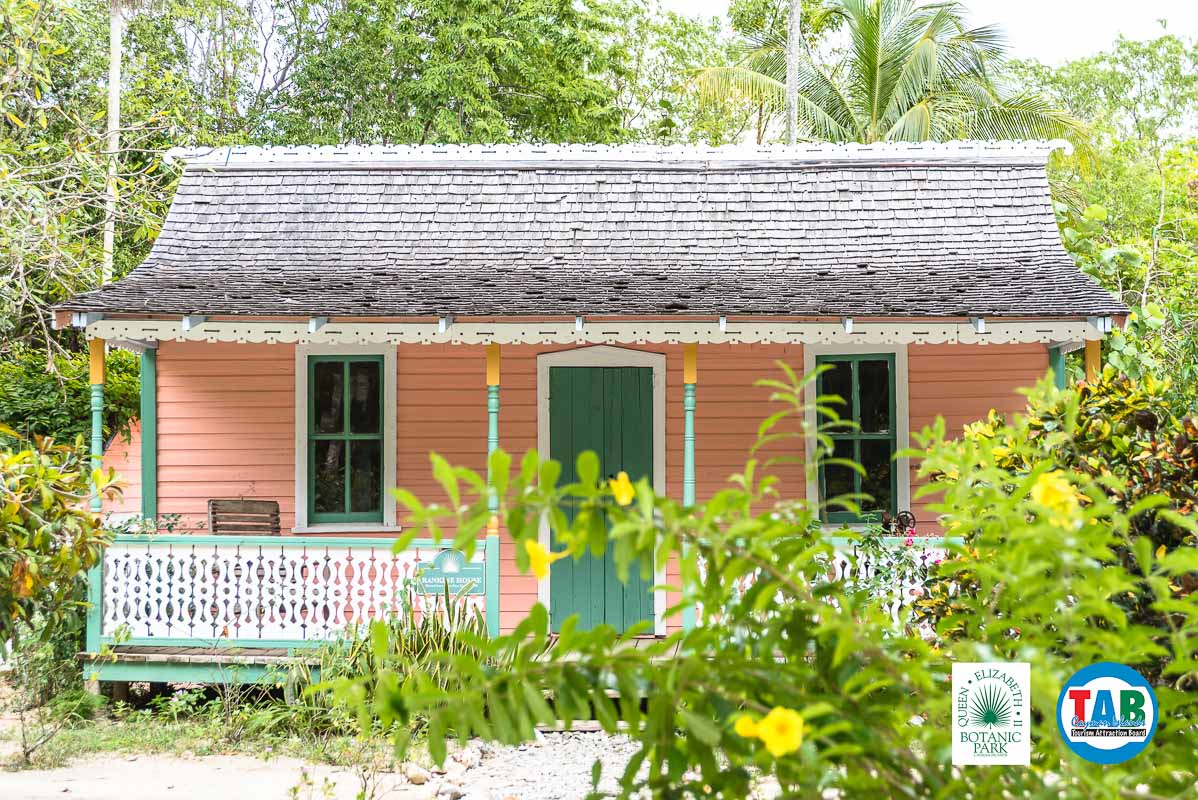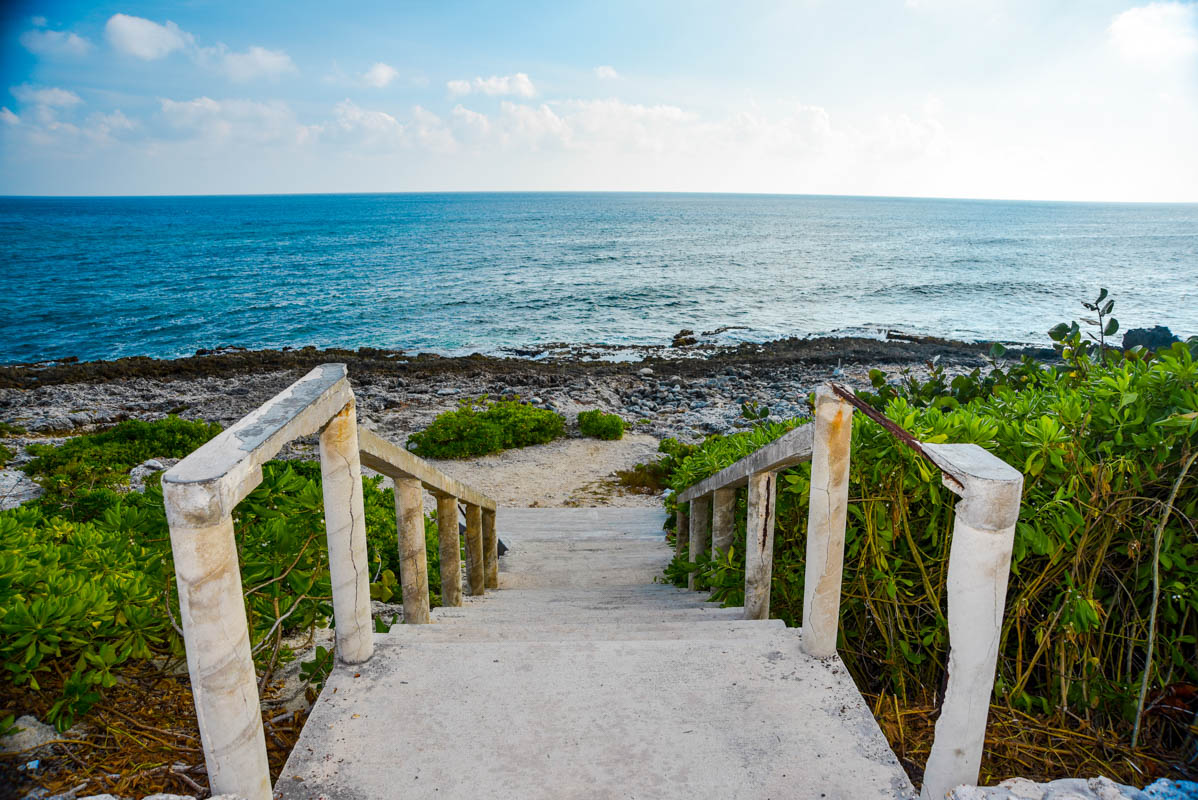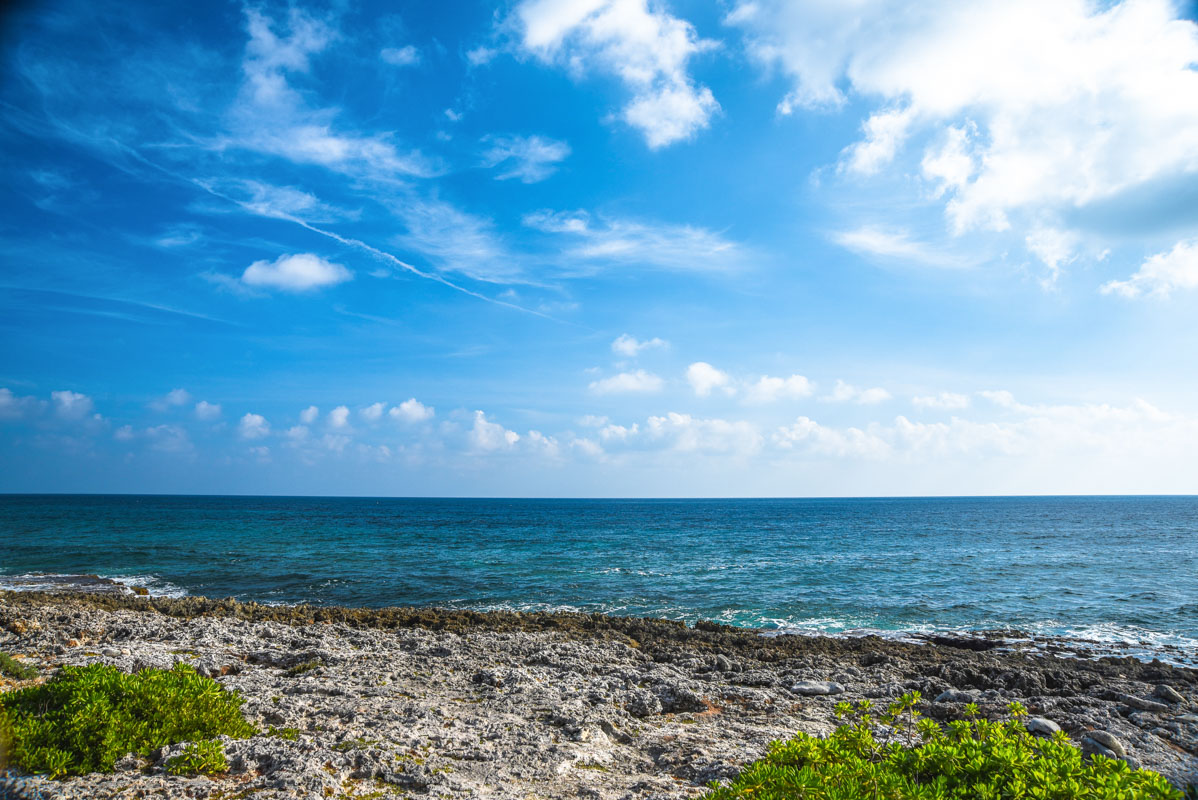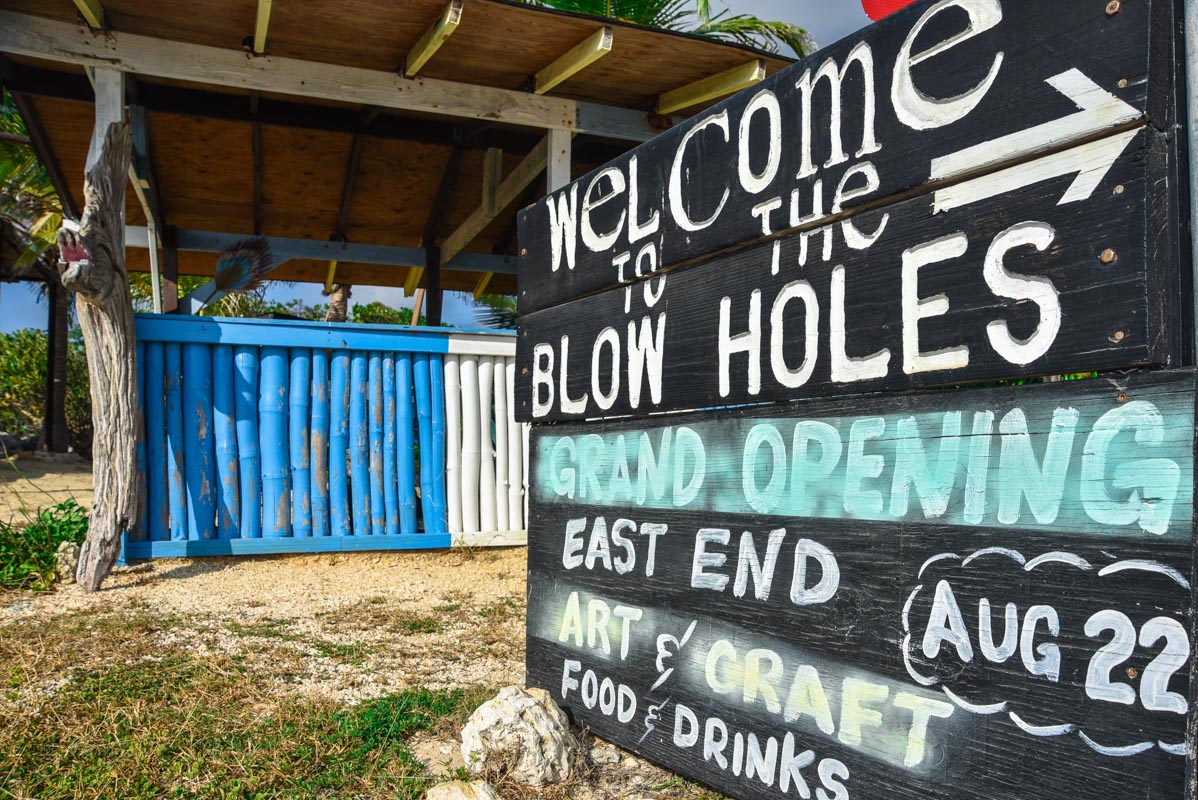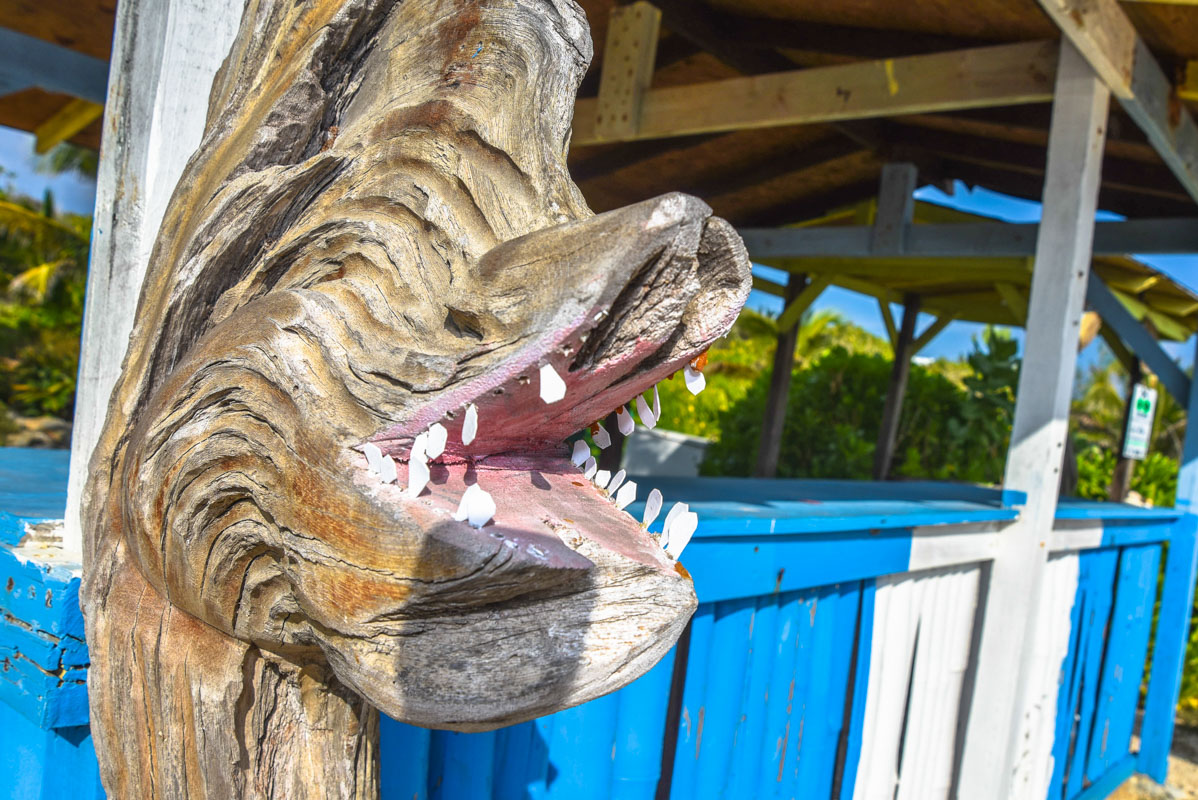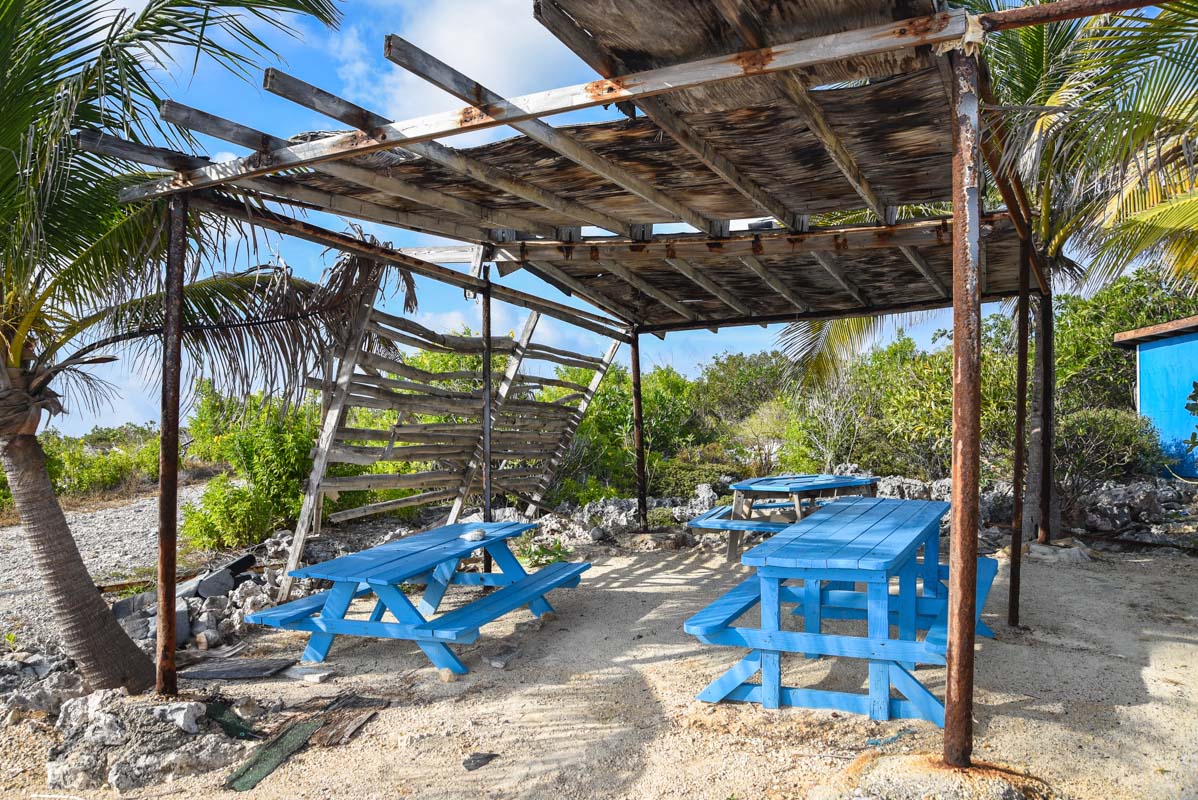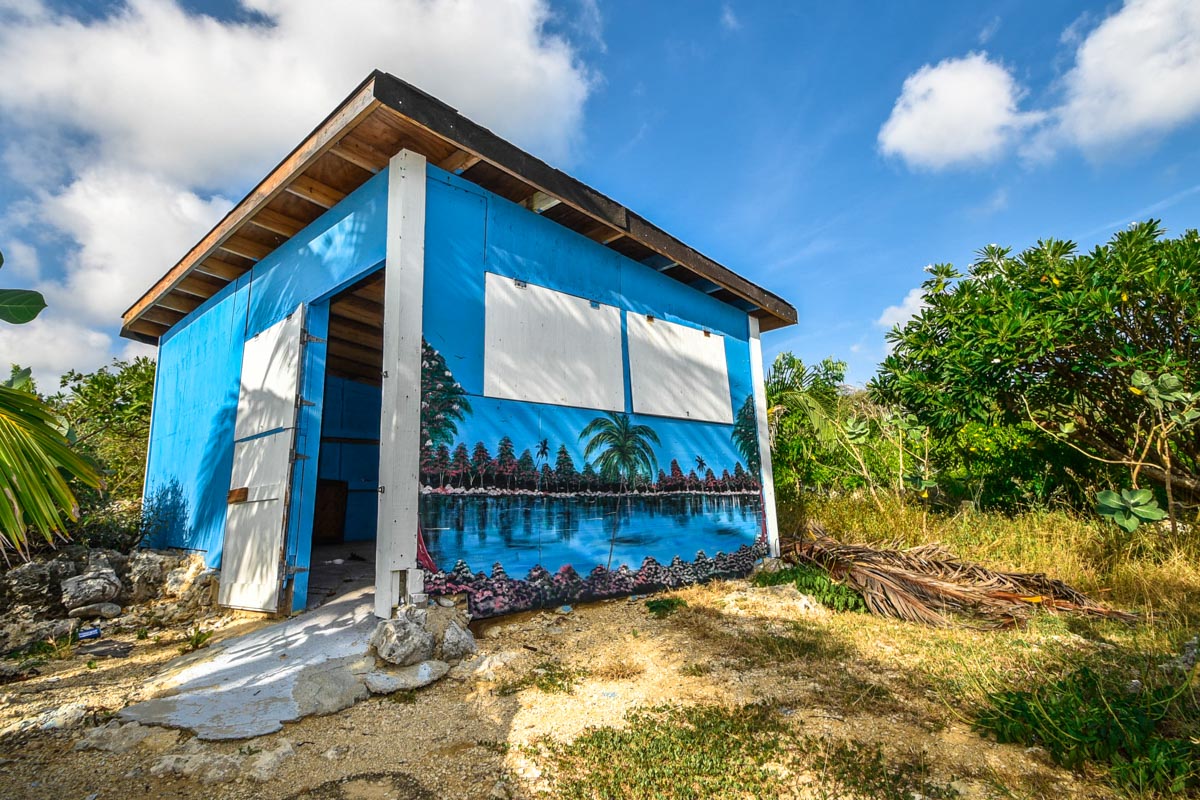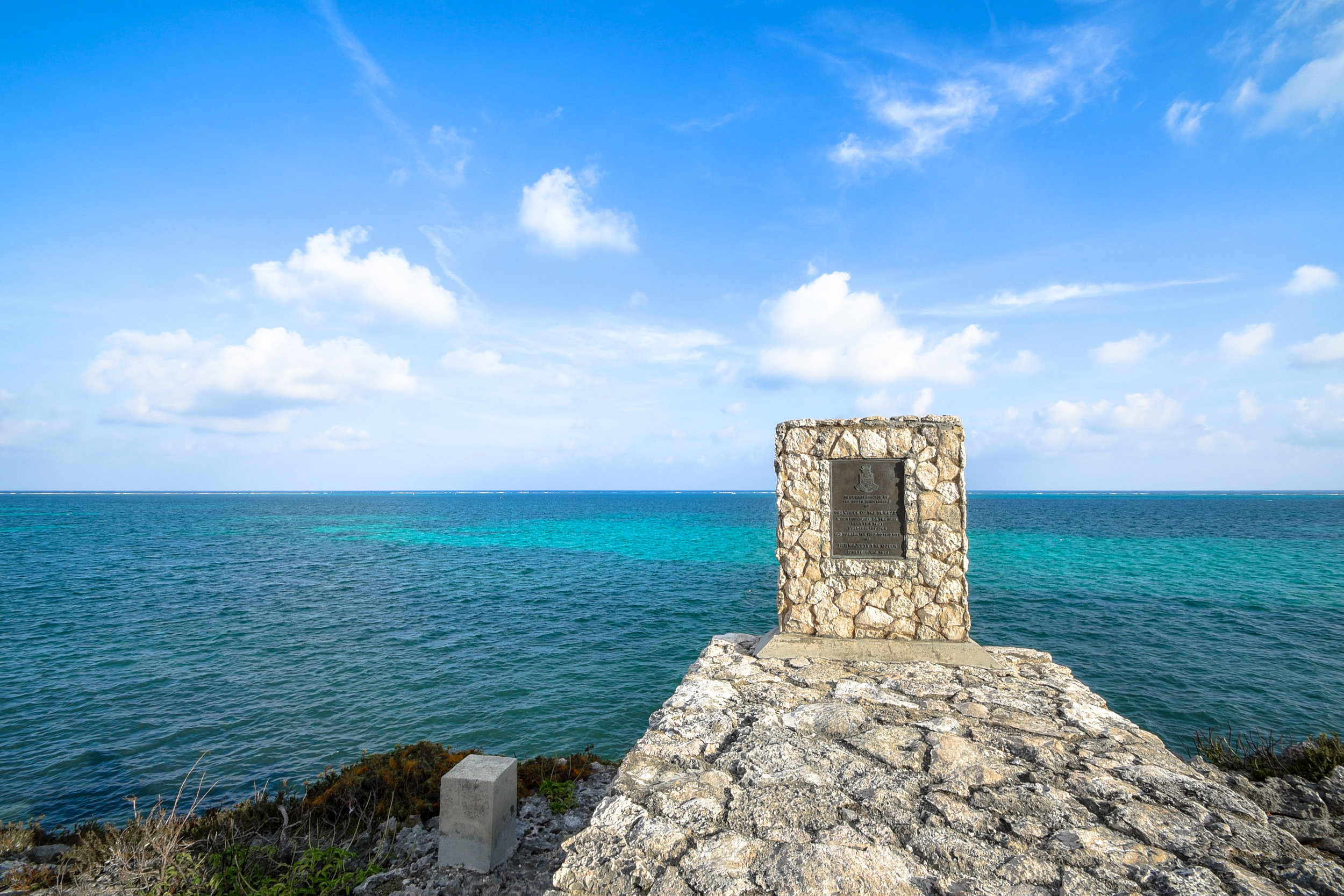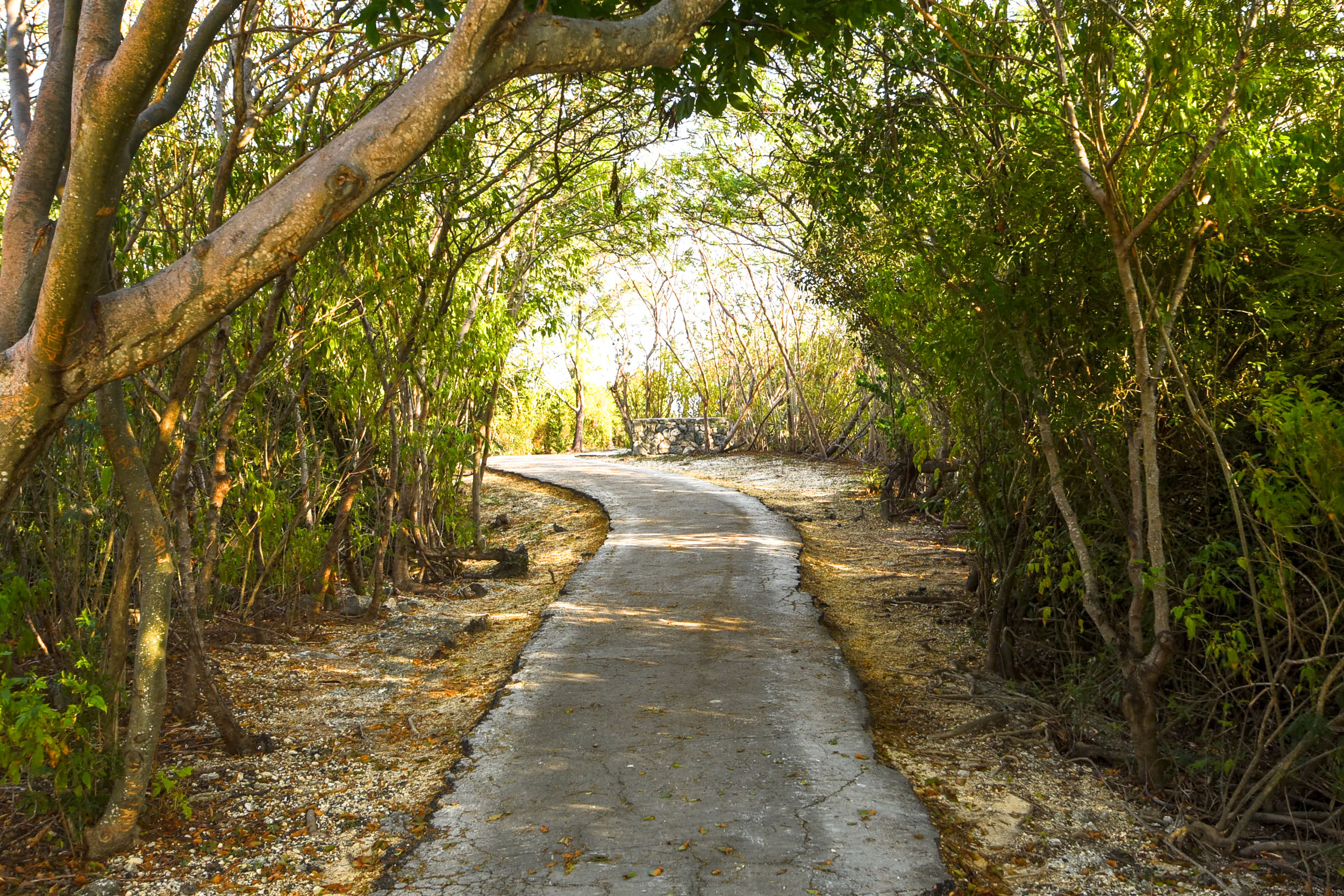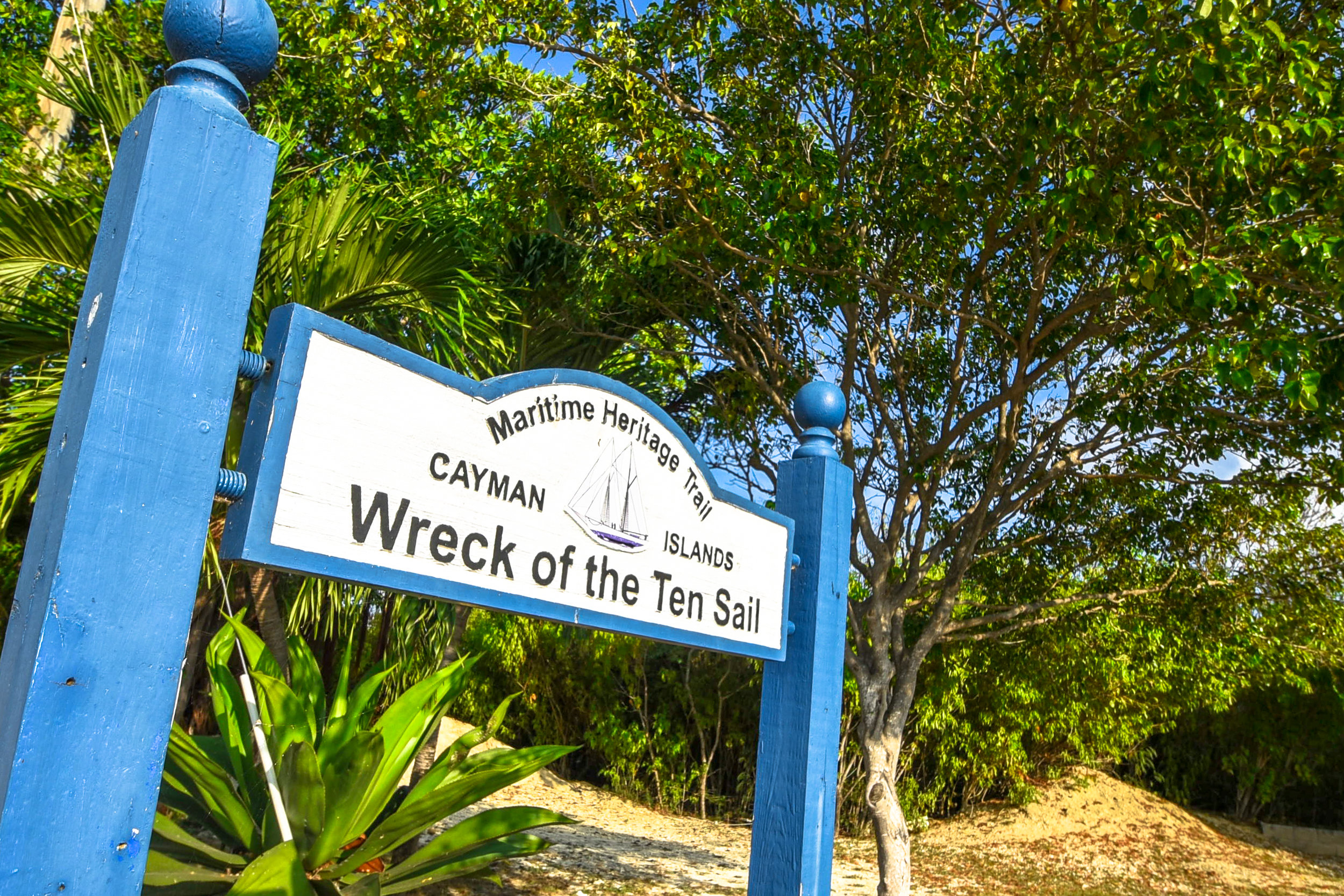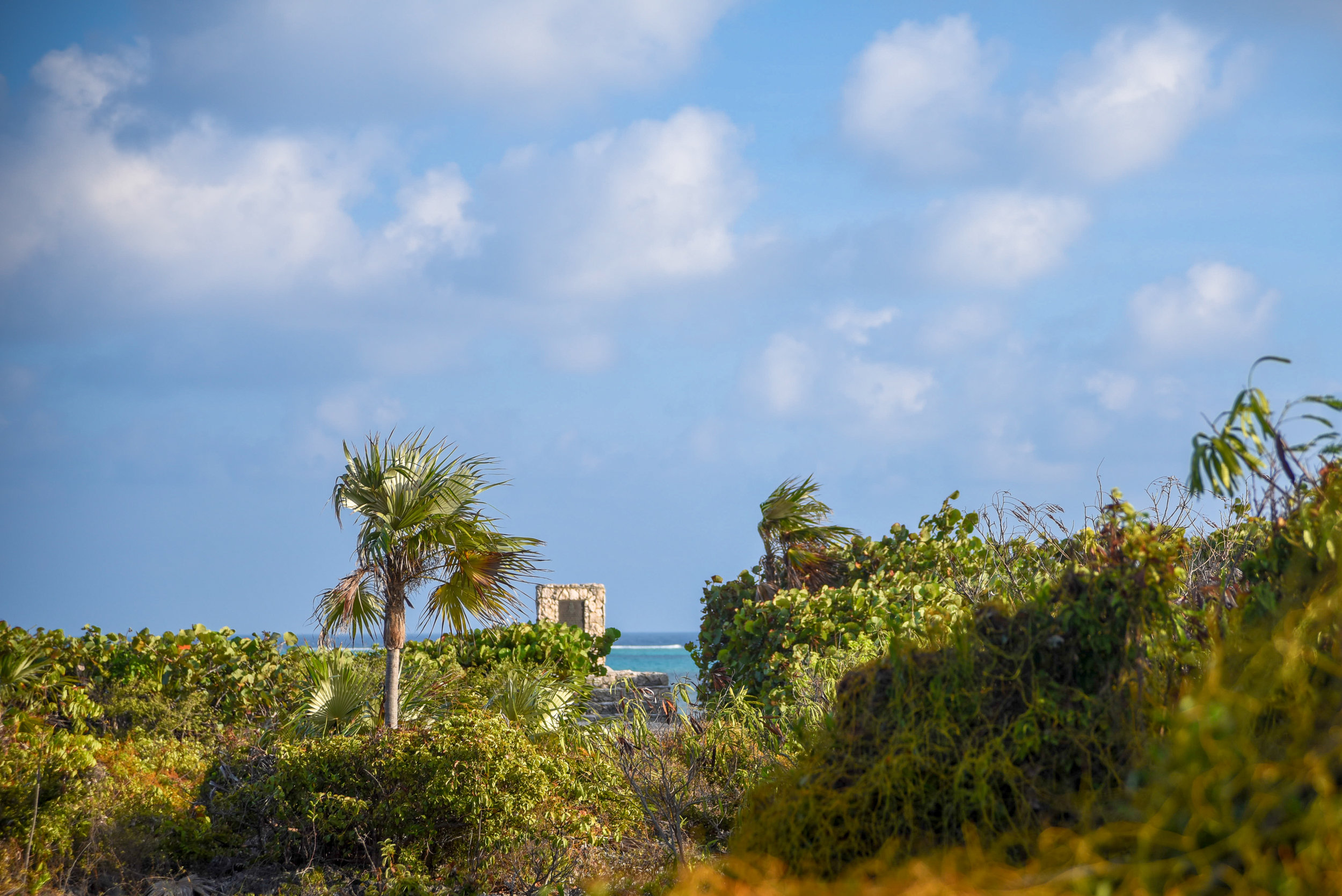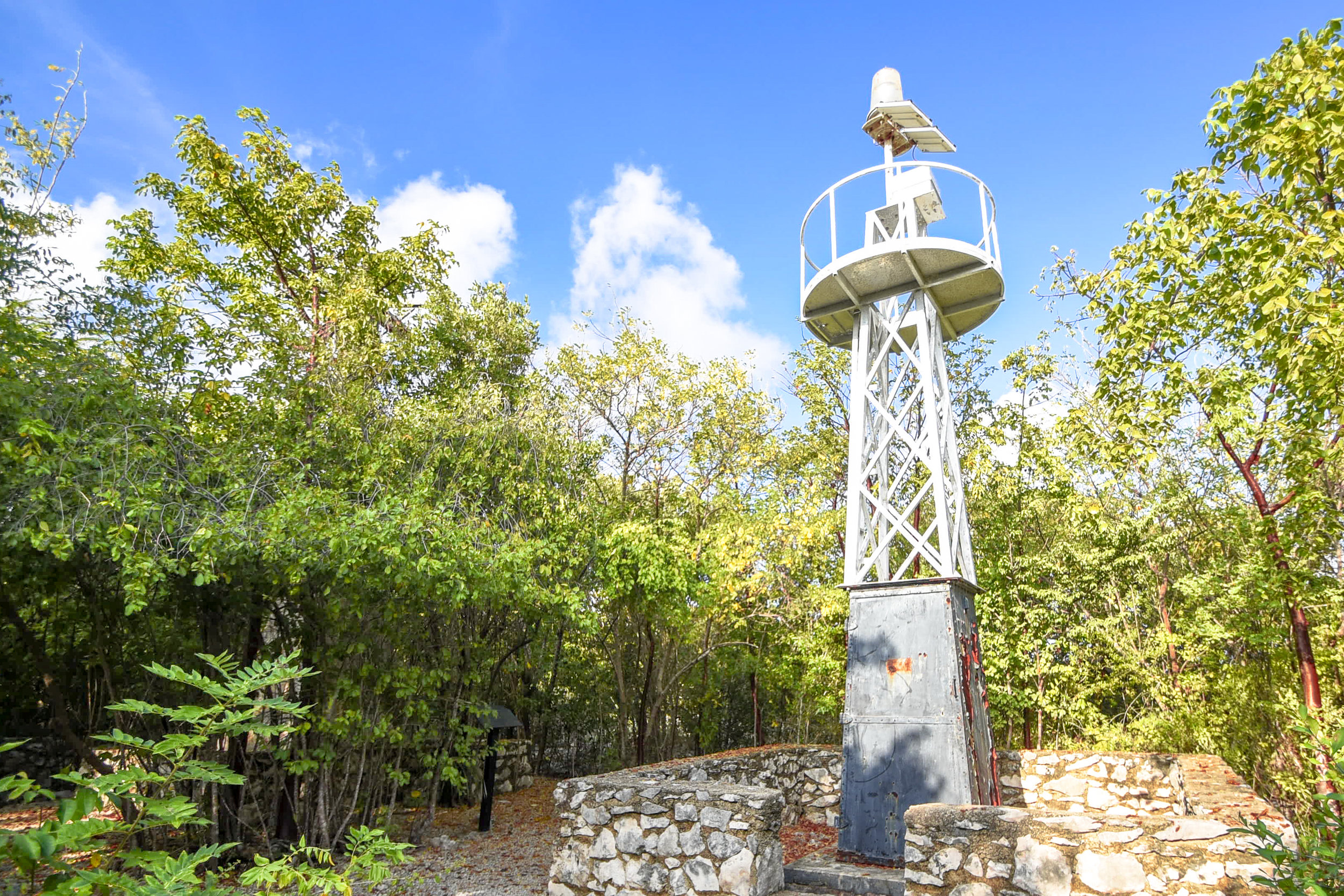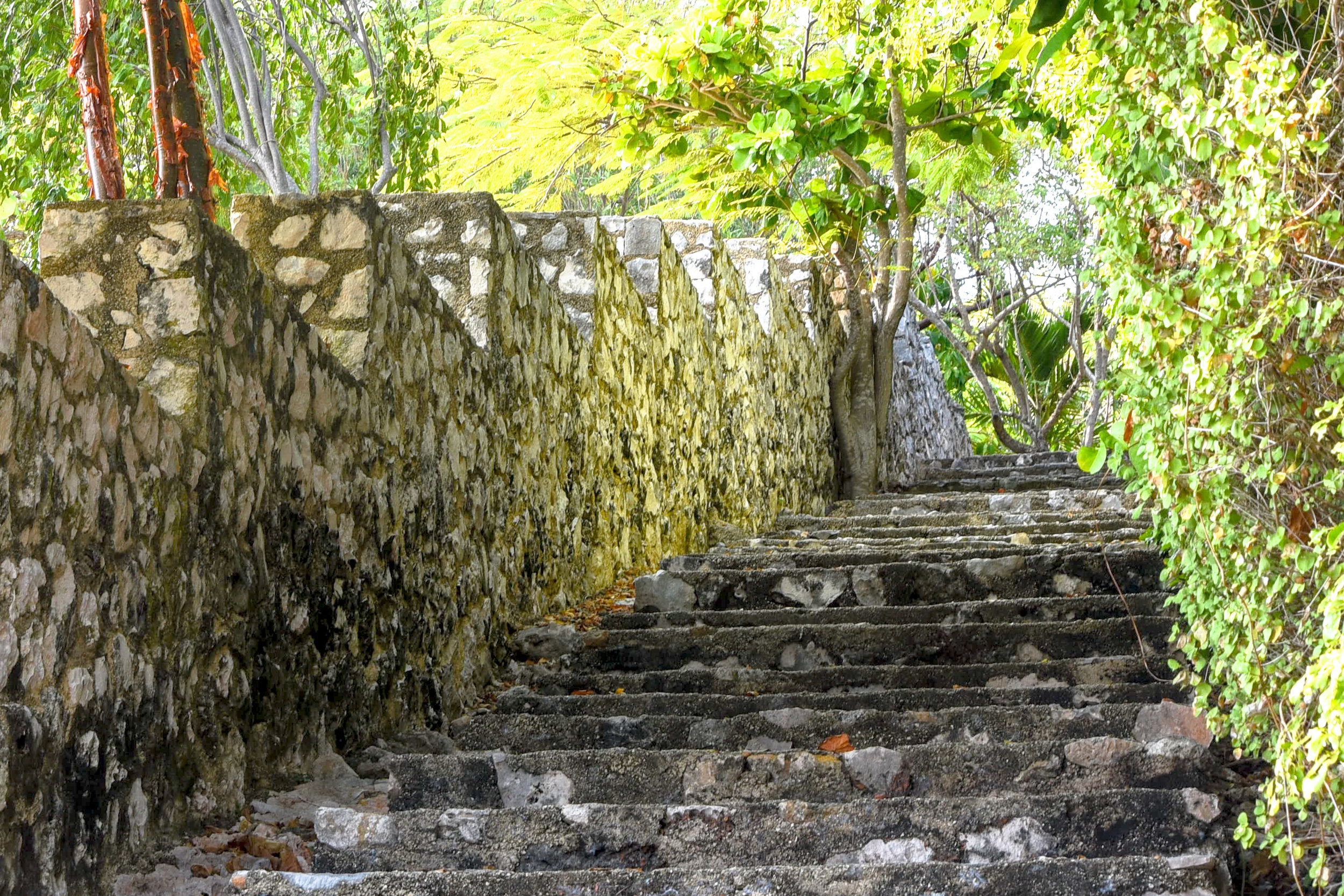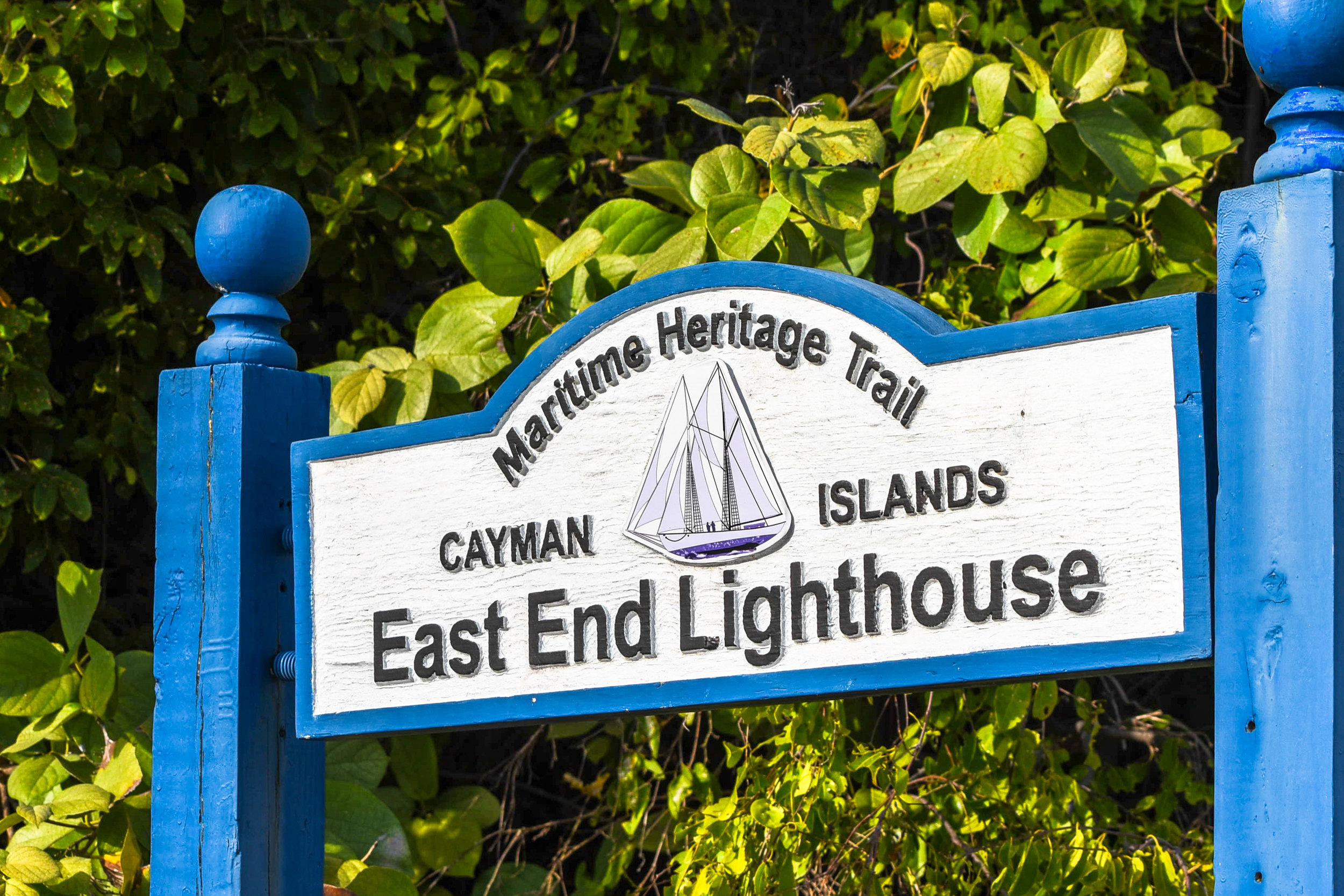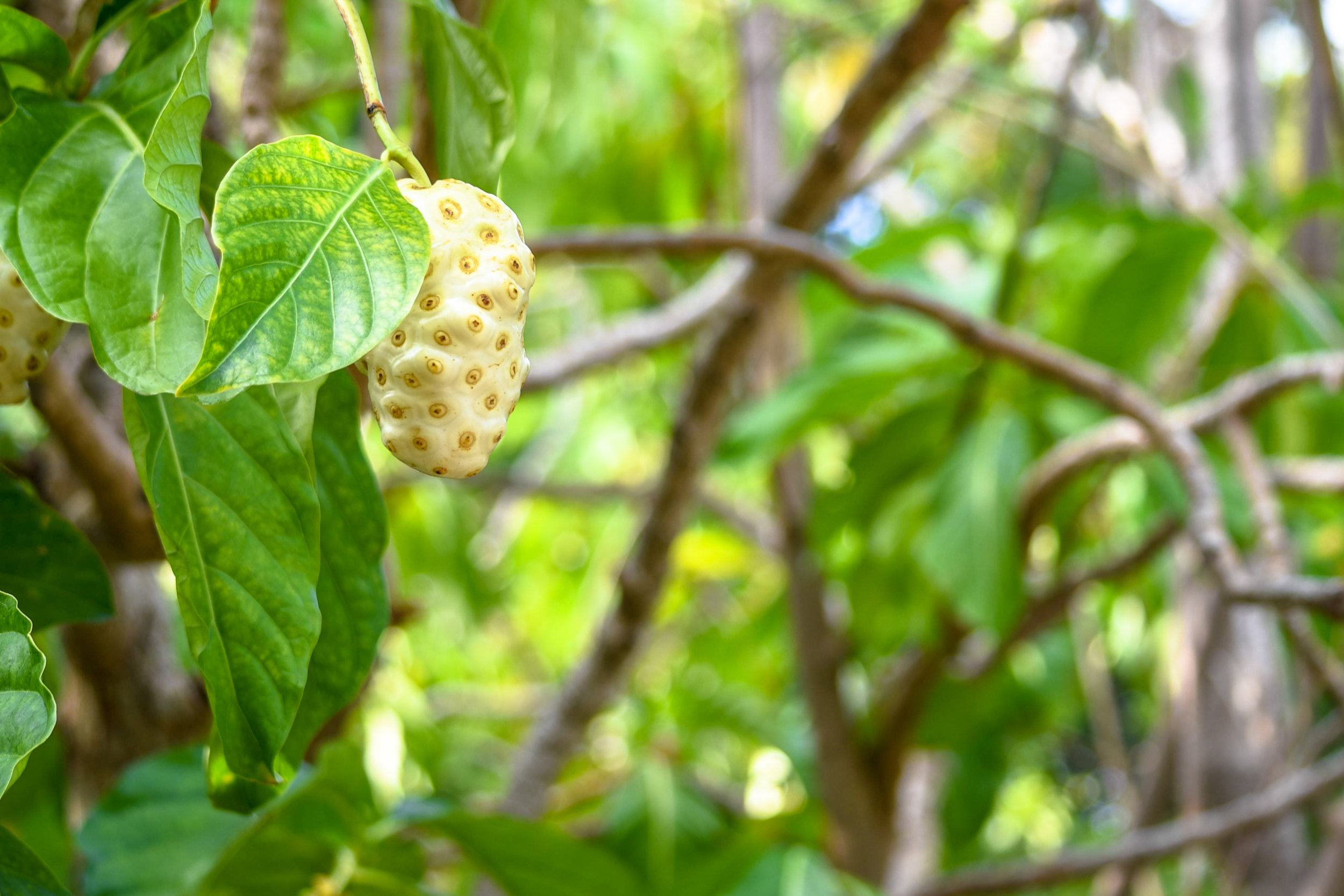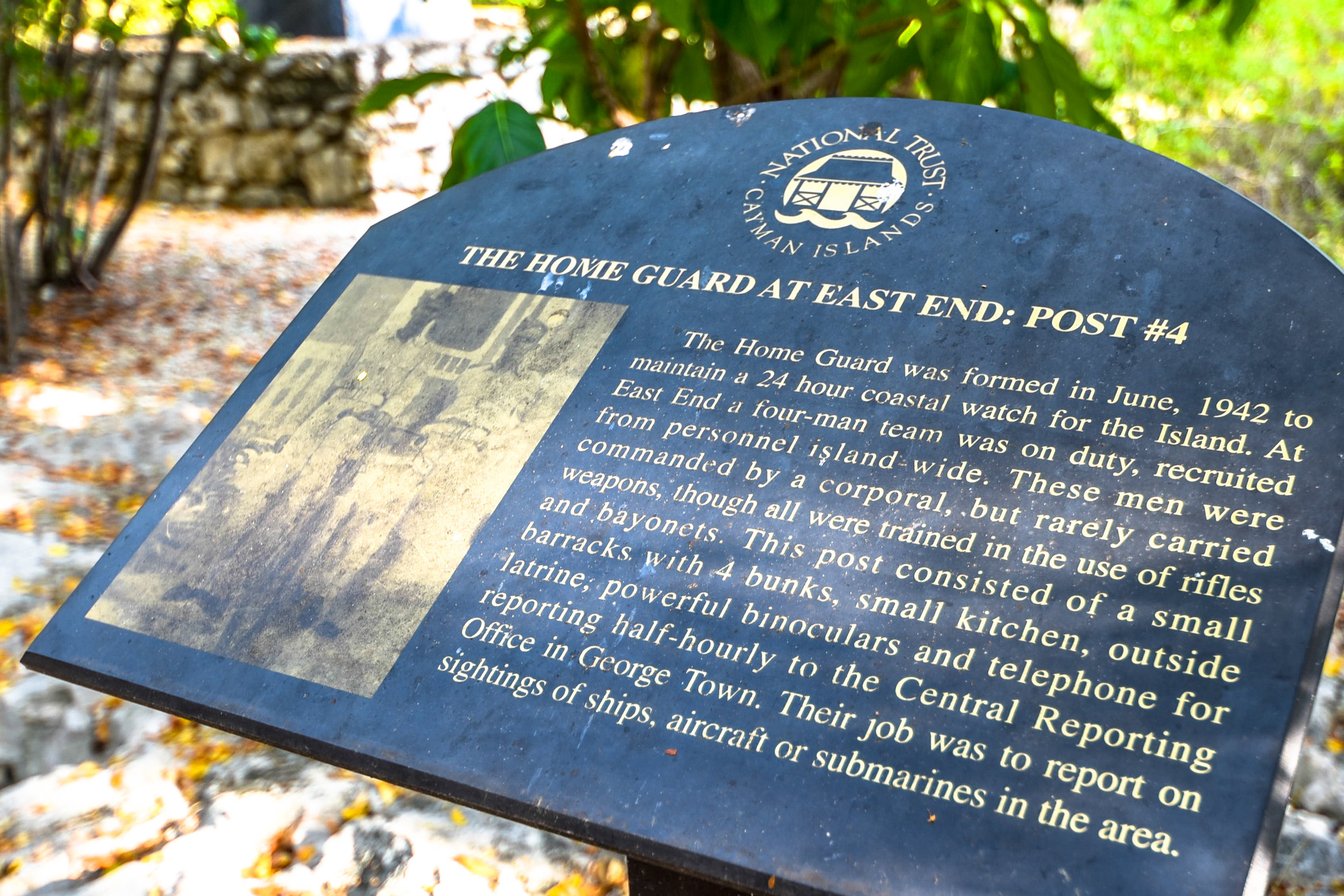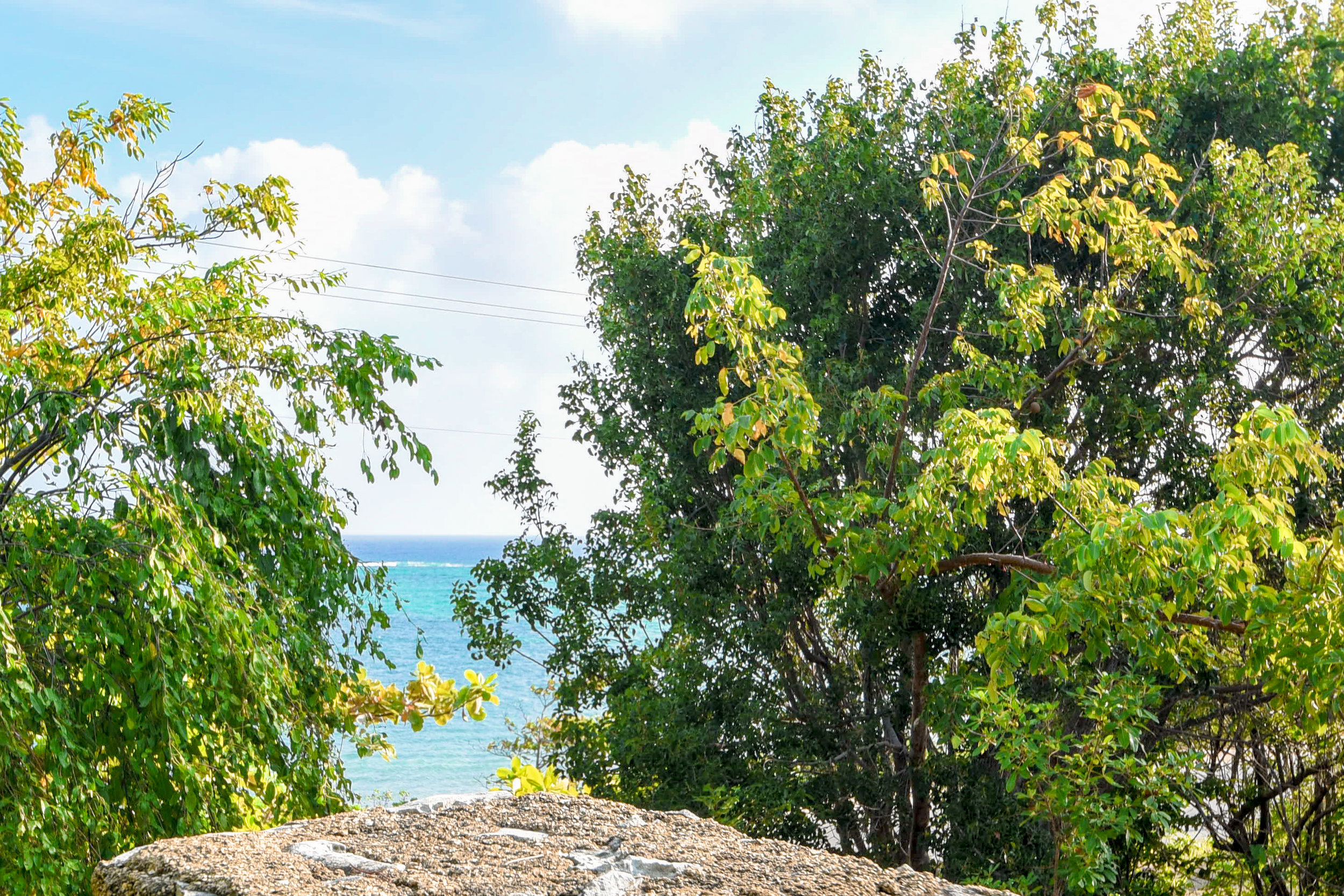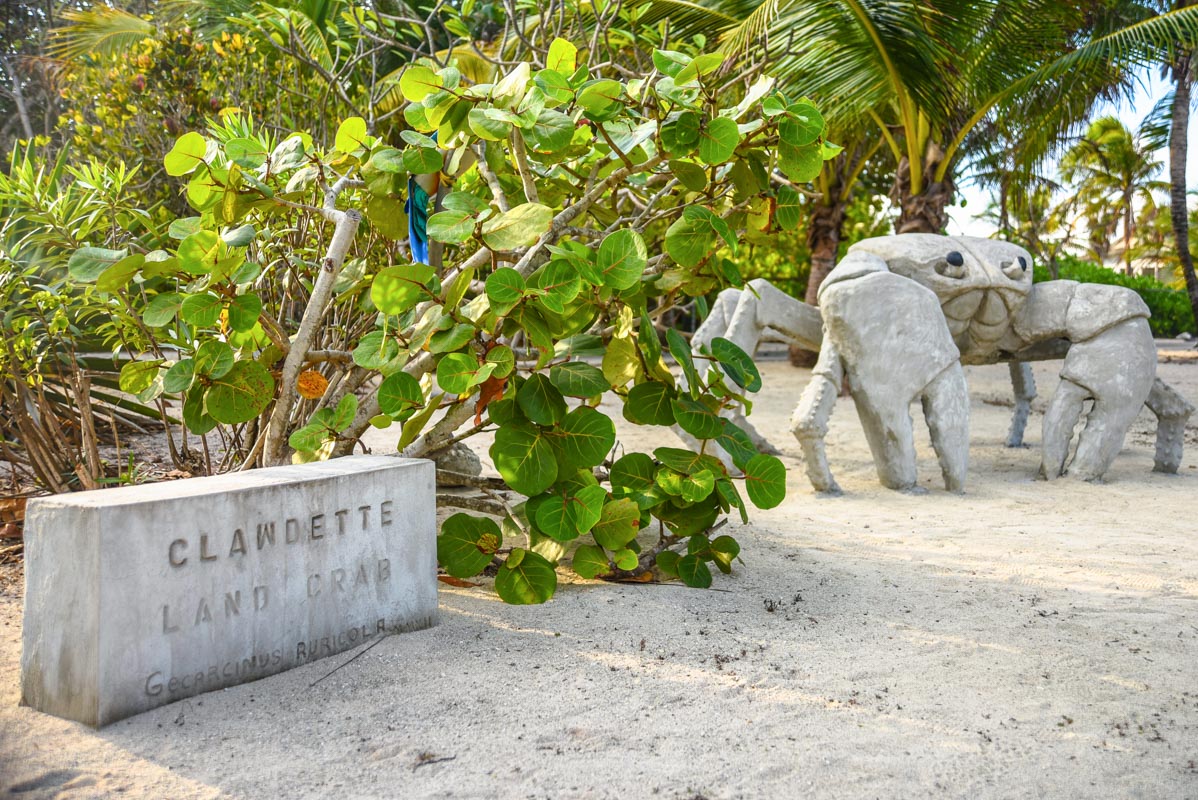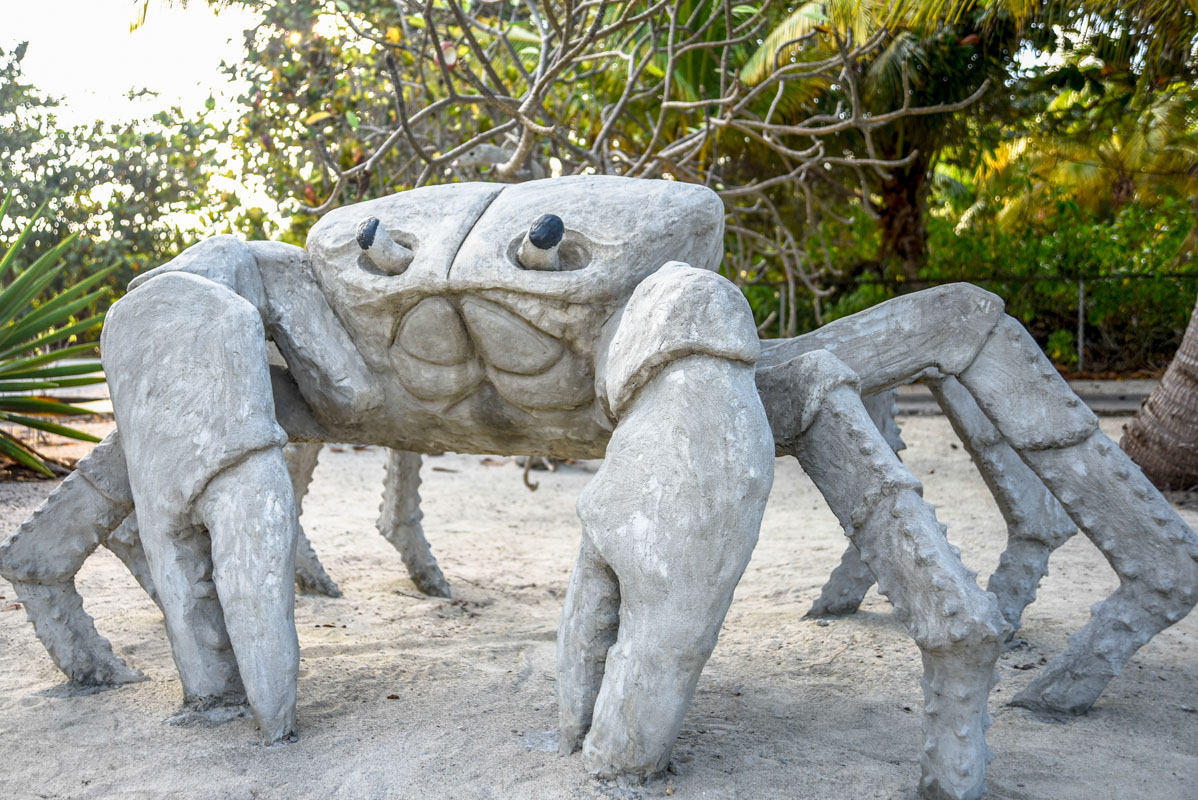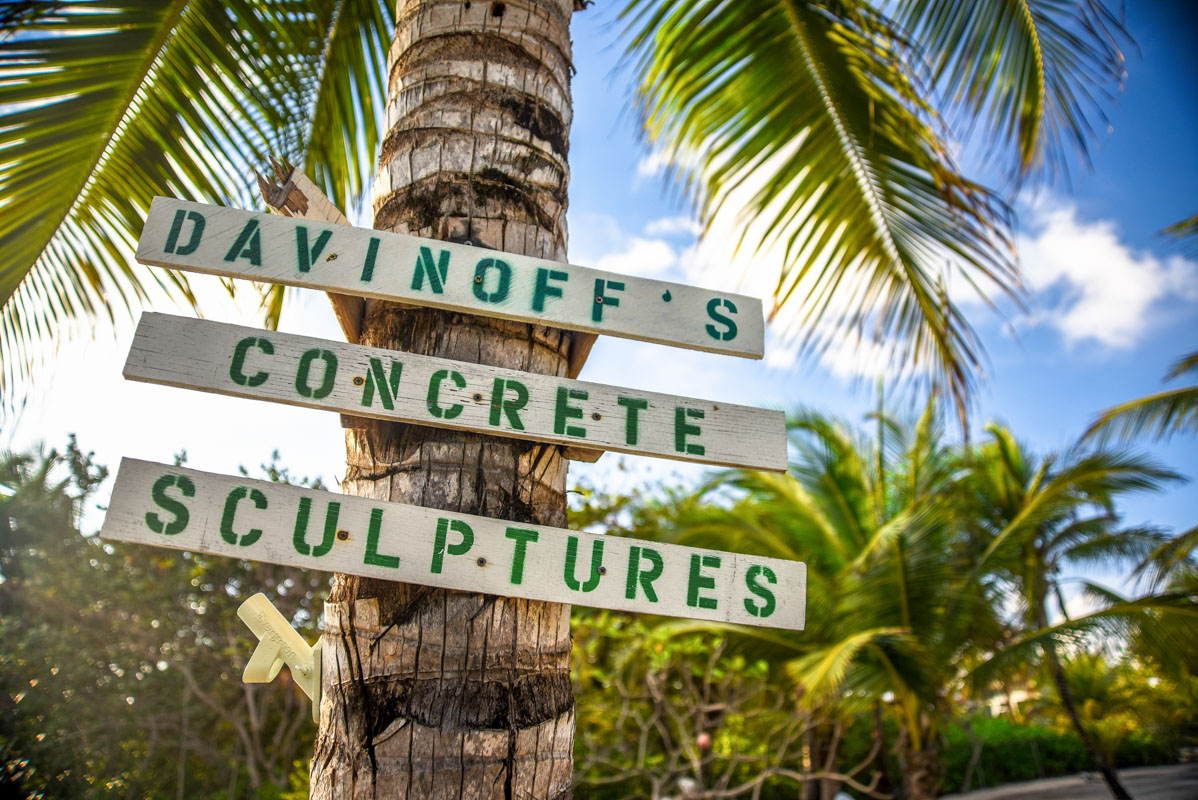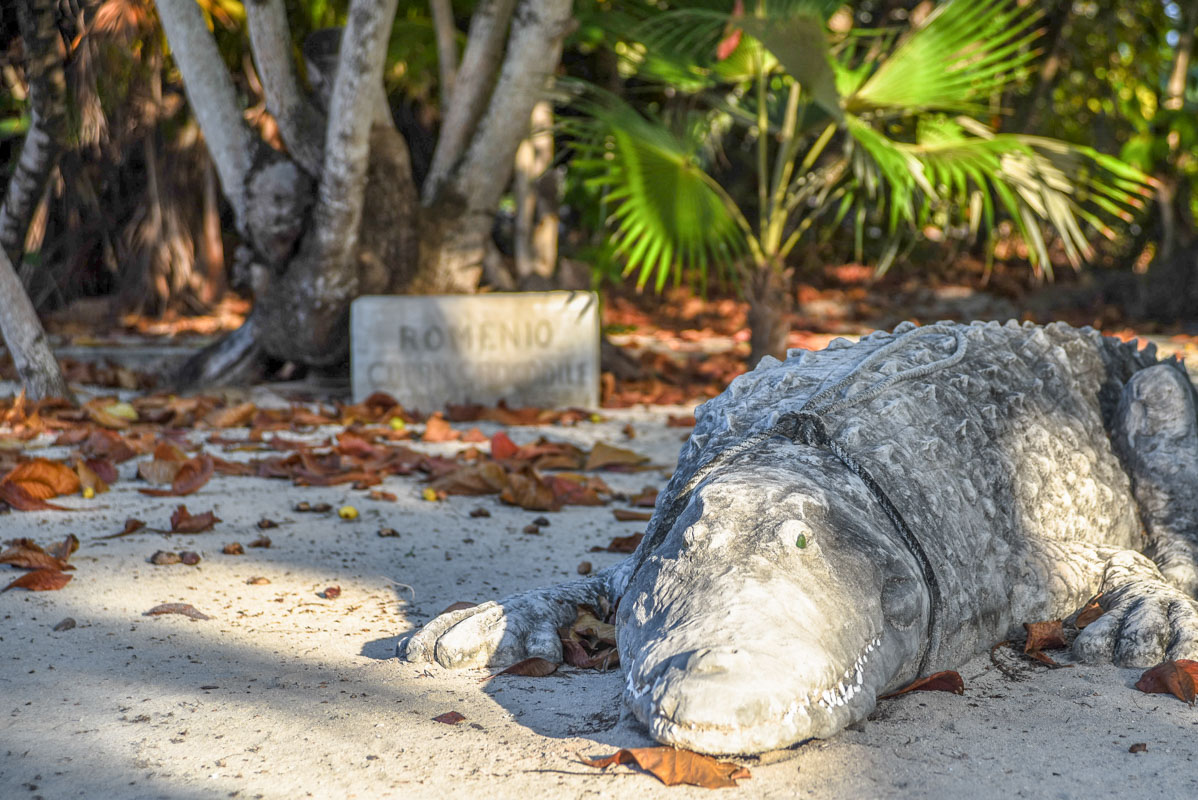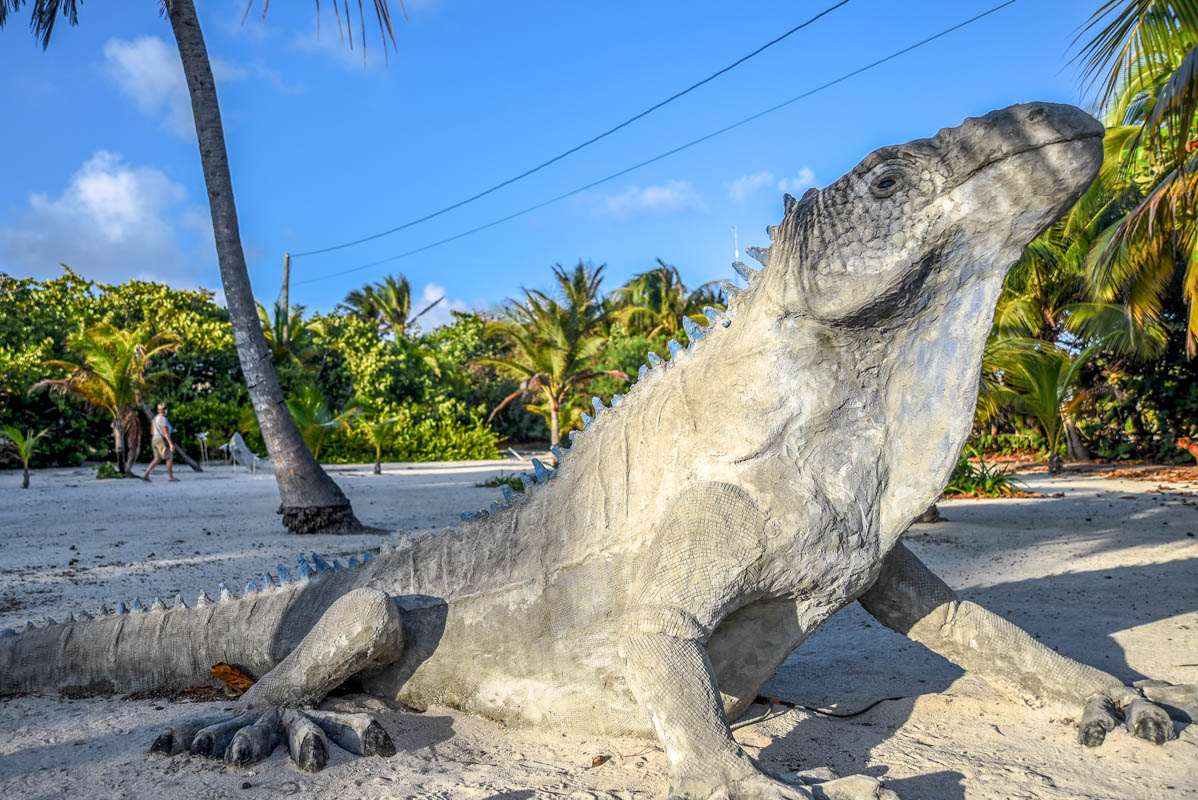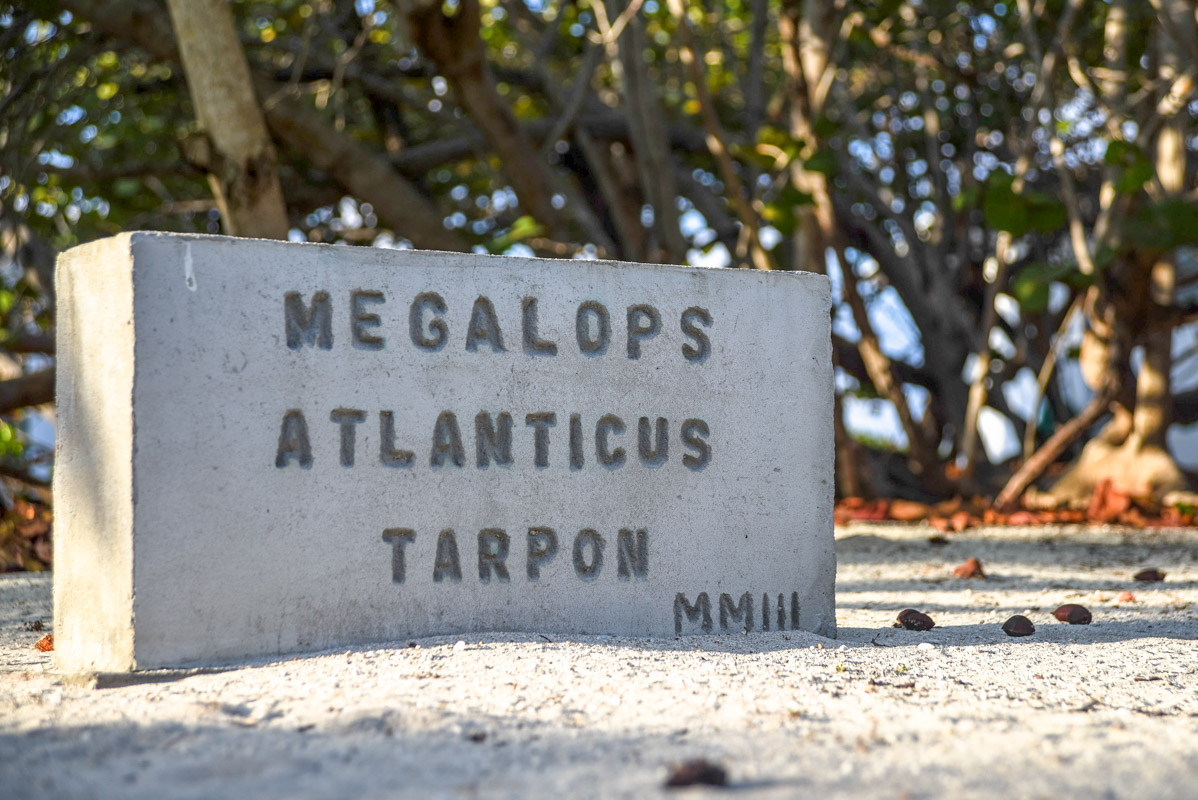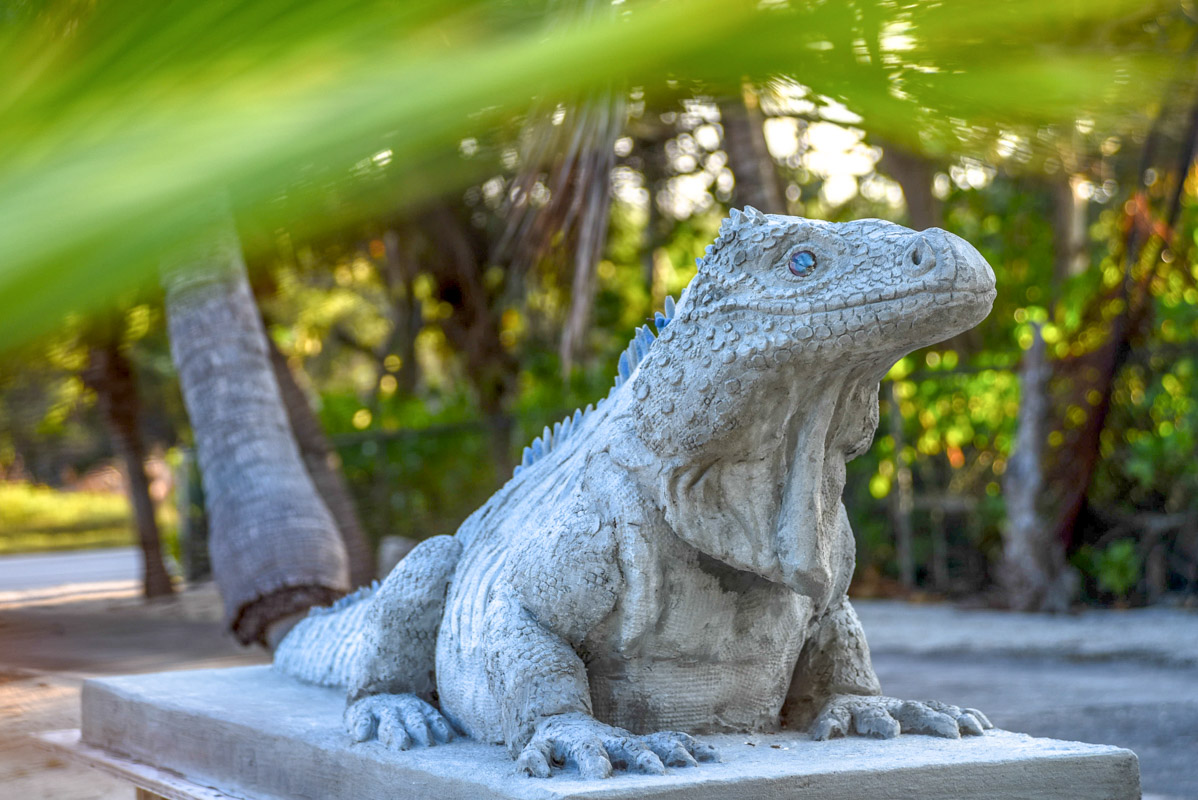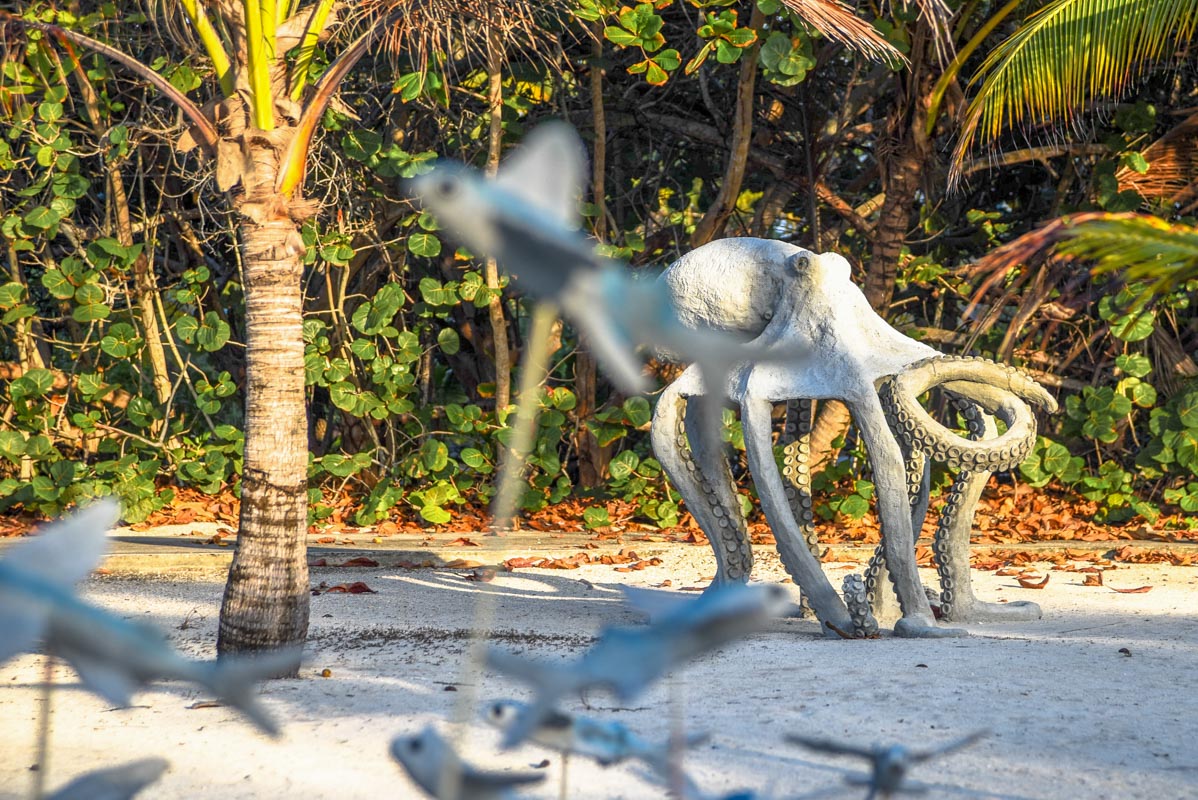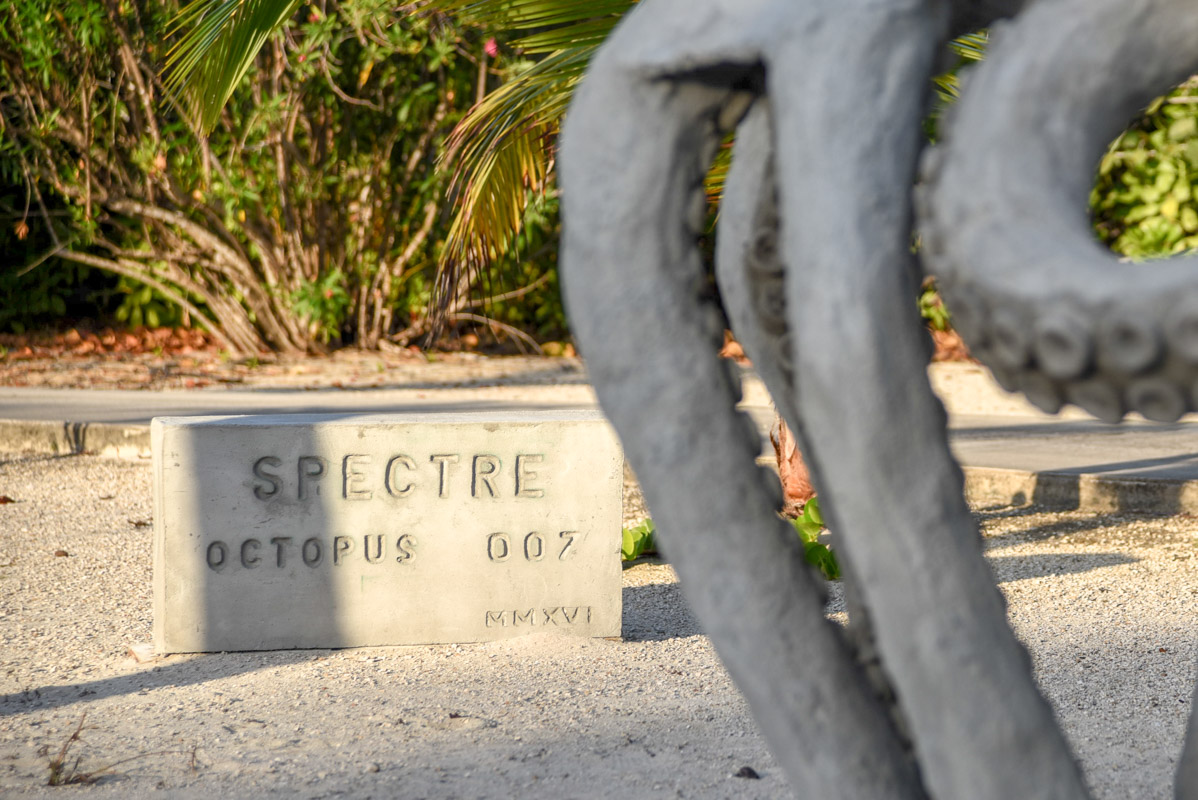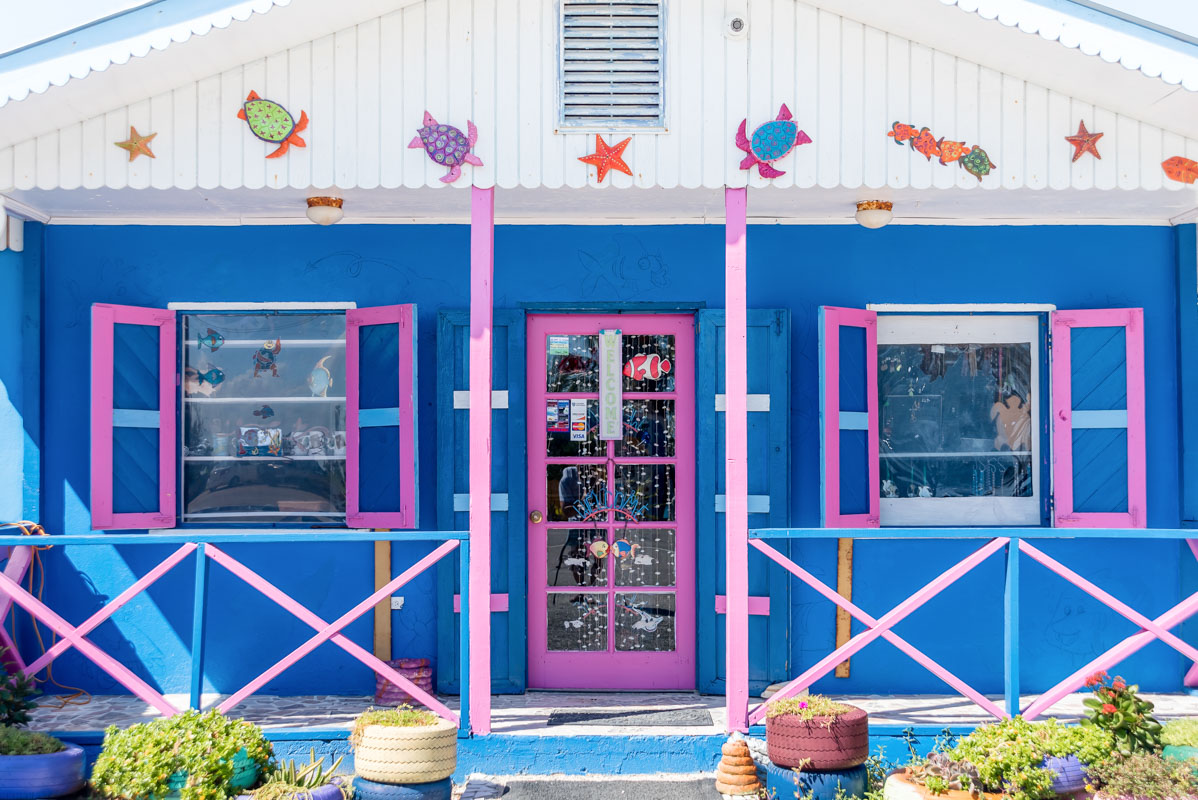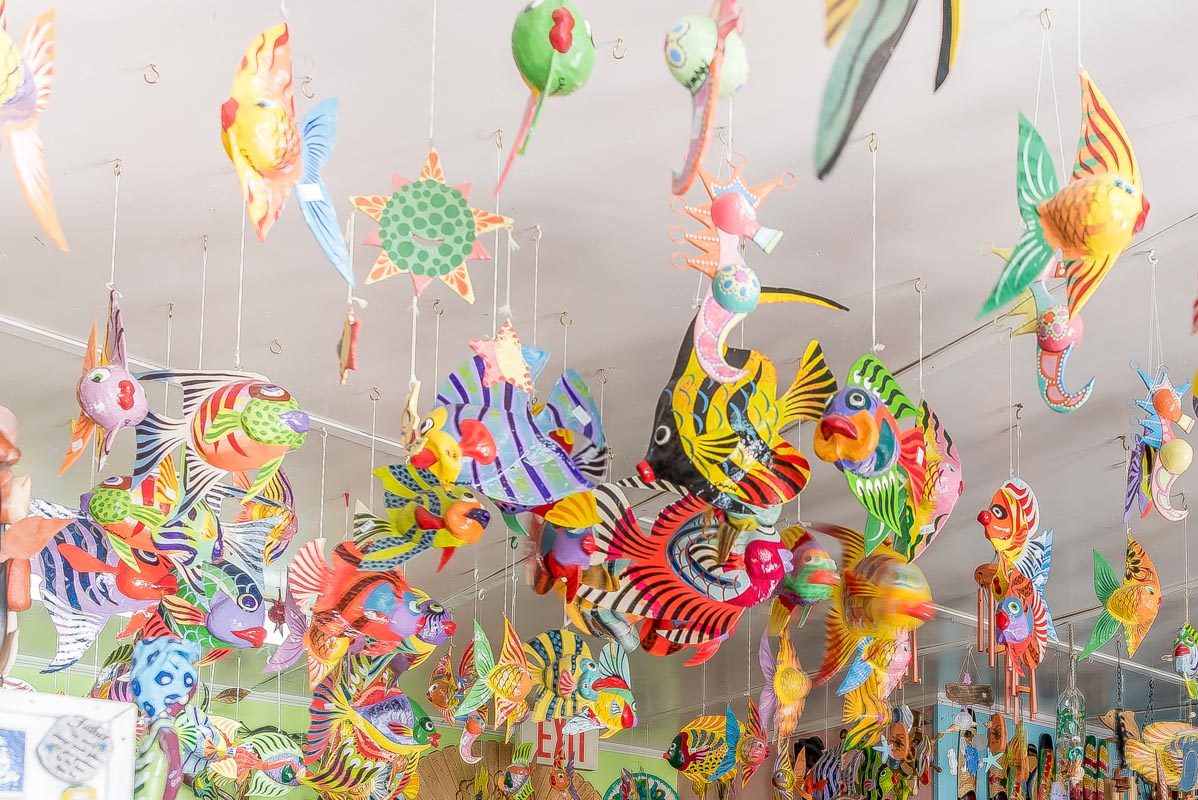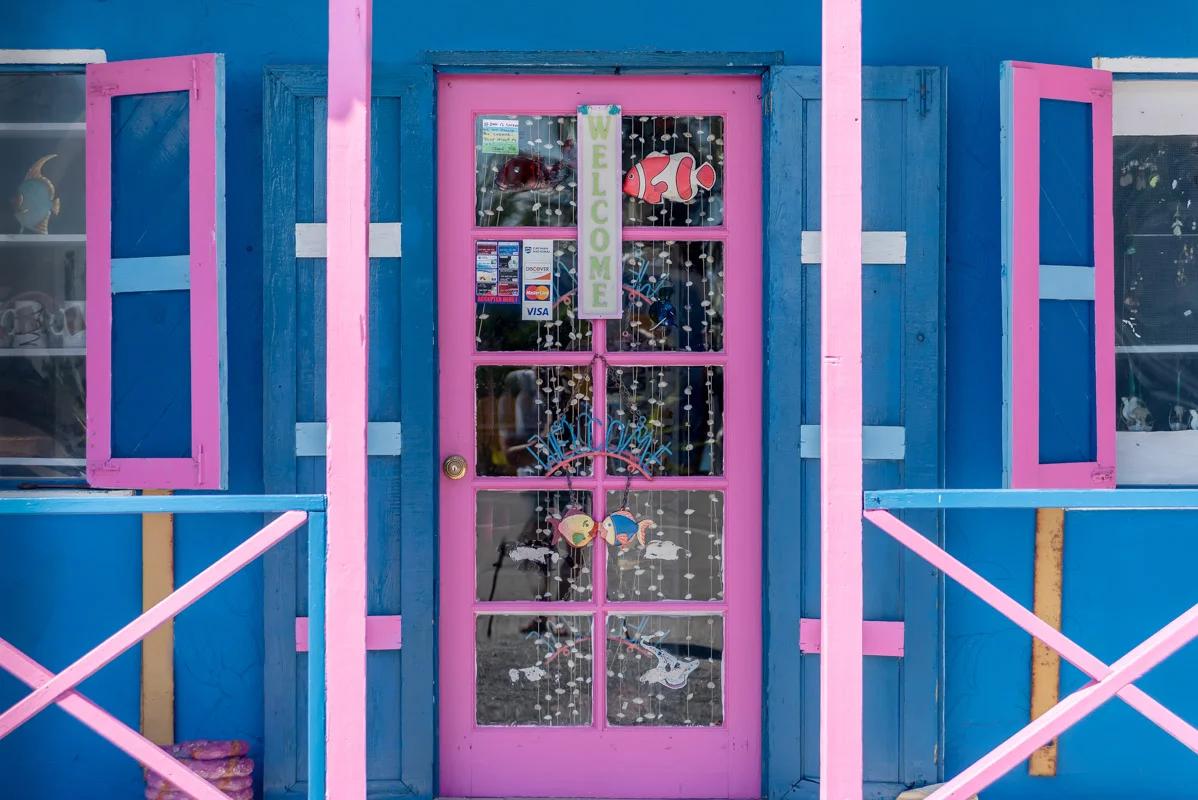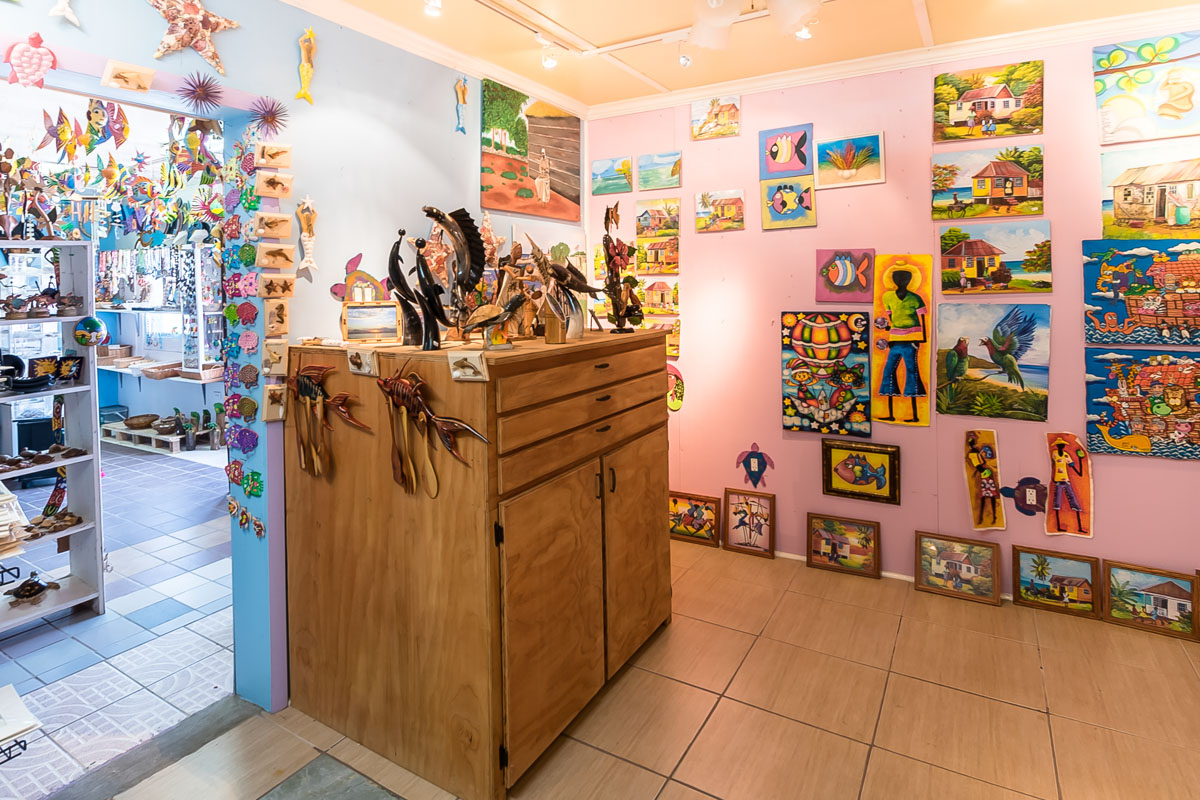10 Not To Miss Attractions On Route to Rum Point & Cayman Kai
Off the beaten track and away from the bustle of Seven Mile Beach lie the Eastern districts of Grand Cayman. Take a drive east to Rum Point or Cayman Kai and you’ll notice the roads become quieter and the pace of life becomes a little slower. If you follow the coast road around the island the journey from Seven Mile Beaches takes roughly an hour. But if you’re adventurous spirit is awakening make time to stop along the way and you’ll discover a myriad of hidden cultural gems and authentic island hideaways.
1. Governor Gore Bird Sanctuary
Known locally as Governor’s Pond, The Michael Gore Bird Sanctuary is situated in the beautiful area of Spotts Newlands. Although only 2.25 acres in size, this natural wildlife habitat is home to a quarter of all bird species native to the Cayman Islands.
Bird activity at the sanctuary is seasonal, typically most active during the dry season, October - April, when the pond is one of very few bodies of natural fresh water in the Cayman Islands. The park is also home to butterflies, the native freshwater turtle, the Hickaee, and the beautiful Purple Gallinule. Take a walk down the recently built boardwalk, bring your binoculars and spend some time spotting Cayman’s enchanting wildlife.
2. Spotts beach
Located on the southeastern coast, Spotts Beach is the quintessential Cayman beach spot. The 0.5-mile-long, beach has plenty of white sand, palm trees, and calm, clear, blue water. In addition to swimming and sunbathing, beachgoers here can snorkel out to the reef. (Be careful swimming, however, there are no lifeguards on this public beach and currents can be strong.)
Rumoured to be the permanent home to a small family of turtles. If you don’t spot them snorkeling during the day, nestle into the sands ant night and peer out into the water to see if you can catch a glimpse of them coming up for air.
3. Pedro St. James
Formerly known as Pedro Castle, Pedro St. James is the oldest known existing stone structure in the Cayman Islands. The original building is believed to have been built around 1780 by William Eden, a mariner, plantation owner and early settler. William established a cotton and mahogany plantation on Savannah's Pedro bluff with its spectacular view of the Caribbean and convenient anchorage for ships right offshore. His great house, called St. James, was built with slave labour using native quarried stone.
It was a remarkable feat for that period and was the only house to survive the devastating hurricane of 1785. By 1823 the house and grounds were being used as a courthouse, jail and public pound. But its greatest historic significance was not publicly recognised until 5 December 1831, when it became the site of the historic meeting of residents during which it was resolved that representatives should be appointed for the five different districts of Cayman for the purpose of forming local laws for better Government. Today, Pedro St. James has undergone a spectacular restoration. The building and its 7 acres of grounds have been beautifully restored to their original state. Known locally, simply as ‘Pedros’, it is one of the country's genuine treasures and a must see by all visitors.
4. Mission House
Mission House rose to prominence in the 1800’s as it became known to early missionaries, teachers and families who lived and contributed to establishing the Presbyterian ministry and school in Bodden Town. The historic site includes a traditional Caymanian two story home situated on an area of dry and wetland, home to a variety of local wildlife. Dating back as early as the 1700’s, the site was utilised by early settlers for its abundant waterfowl and supply of water.
The House takes you back, to a time gone but not forgotten. A guide is highly recommended to lead you through the Living, Dining, Bath and Bedroom areas where you will see many of the genuine artefacts known to be owned by the Watler family who lived here for 77 years. A real sense of family is evident in the home as well as the realisation of the challenges faced by the early missionaries and teachers in Cayman.The onsite retail store provides an opportunity to purchase children’s toys and refreshments, as well as locally made craft pieces. Guided tours are available Monday to Friday by appointment only. Entry is CI$8 (adults) and CI$4 (children) for groups of 4 or more.
5. QE II Botanic Park
The Queen Elizabeth II Botanic Park is a unique blend of natural beauty, culture and history. The simple elegance of a traditional Caymanian garden with the startling beauty of exotic floral displays will leave you breathless. When Her Royal Highness Queen Elizabeth II opened the Botanic Park in 1994, only the Woodland Trail was complete. In the ensuing years, the grounds have grown and developed into a fully fledged world-class facility.
Enjoy a leisurely walk through colorful gardens, botanic, lake and nature displays. Stroll through Heritage Garden, enjoy the Tea House with its panoramic views, and the lake area which forms a natural habitat for the Cayman Blue Iguana and breeding ground for a variety of rare aquatic birds and animals native to the Caribbean. Not to be missed.
6. The blow Holes
Travel east across Cayman, and you’ll find Cayman’s Blow Holes. An easterly ocean swell forces water through small fissures in the limestone rocks shooting impressive geysers to heights of up to 20 feet. Most active during periods of lively easterly winds, the Blow Holes are a treat at any time of year.
Across the street, you’ll find shaded picnic areas. Take a short stop here, soak up the rugged coastline, and grab a refreshing drink from the local coconut vendor, before enjoying some delicious local fish from one of the many beach front fish fry’s as you continue your travels up towards East End.
7. Wreck of the Ten Sail Memorial
On February 7, 1794, a fleet of ten British ships en route from Jamaica met their fait on the reefs of Grand Cayman. Leading the armada of 9 other ships was The Royal Navy frigate HMS Convert. As captain, John Lawford, turned in for the evening he believed he had safely navigated the dangers of Grand Cayman’s reefs. Little did he know, six of the other ships had sailed ahead, directly on a collision course to Grand Cayman. As the first of the ships hit the reef a distress signal was fired. Captain Lawford awoke to find his ship bearing down on the same trajectory. As his crew battled to change course, they were struck by another vessel driving them on to the reef where they soon foundered.
All ten ships eventually met their peril on the reef. As the passengers and crew jumped ship, island residents from the East End and Bodden Town, paddled out to attempt a rescue. In the darkness and pounding waves, the Caymanians saved 450 of the stranded lives. Losing only six people to the disaster. The heroism of the Caymanians stirred a legend that still holds true today. The story goes that one of the passengers rescued was a son of King George III. When the King learned of the island residents' bravery, he decreed that the Cayman Islands would forever be free of taxation and war conscription. On the 200th anniversary of the disaster, Queen Elizabeth II visited the island's East End, where she dedicated a memorial to the six victims. On a cliff with a view looking out to the reef where the ships wrecked, a stone monument and plaque commemorate the event. Perched along the cliff adjacent to the monument are six small concrete blocks representing the unfortunate few souls the Caymanians were unable to rescue.
8. East End Light House Park
Climb the 37 steps that lead to the summit of East End Lighthouse Park, and at the top you’ll be greeted with spectacular views of the eastern end of Grand Cayman. Along the way flower beds display examples of the various medicinal plants used by early settlers. The original lighthouse was built about half a mile away from the current site at Gun Bluff in the early 1900s. A 60 foot ship’s mast stood on the bluff. Light Keeper, William Watler was employed to ensure the lantern was hoisted a-top the mast at 6:00pm each evening, and lowered again at 6:00am the following day.
By 1918, there was a need for a more substantial structure. French engineer, Terrier, was appointed to oversee the project. Land at Gorling Bluff was leased from the Conolly family and a new lighthouse was erected, along with a storage shed to hold drums of kerosene. The site was ideal, as it was the highest point in the district and commanded a fine view of the local reefs. The lighthouse at Gorling Bluff served until 1937, when the British Government donated five modern "navigational lights" to all three Cayman Islands. It is this light which serves to the present day (although it is now solar powered). Part of the wooden frame of the previous lighthouse still remains, but the old kerosene lamp is now in the Cayman Islands National Museum.
9. Davinoff’s Concrete Sculpture Garden
Davinoff’s Concrete Sculpture Garden is a lovely area just off the North Side main road where a retiree from Wisconsin, David, builds concrete sculptures in his spare time on his own property for all to enjoy. Literally in the middle of nowhere, head East past the beautiful district of Bodden Town. From here, follow the coast round around the eastern end of the island, or if you’re in a hurry take the short cut across Frank Sound Road. Davinoff’s Garden is located on Old Robin Rd, roughly half a mile due west of North Side Rd.
Like all great things, David’s sculptures started small. First with a sea turtle, followed by several other pieces including a mermaid, stingray, and eel. Over time, the sculptures grew in size, now boasting Ivan the Blue Iguana, and Romenio, a 17-foot Cuban Crocodile. Don’t worry if you get lost en route, Claudette, the giant Land Crab with greet you on the road side.
10. The Wreck View Art Gallery
Owner Elsa’s gallery is inspired by the island’s district of East End, which surrounds her. Beautiful Caribbean color schemes are complimented by the wonderful and vast array of authentic carvings, jewellery, and paintings by local artists.
The Wreck Art Gallery sits on the eastern most tip of Grand Cayman, in Gun Bay, and provides a very complimentary backdrop to display the collection of charming gifts and ornaments, which are all available to purchase.



